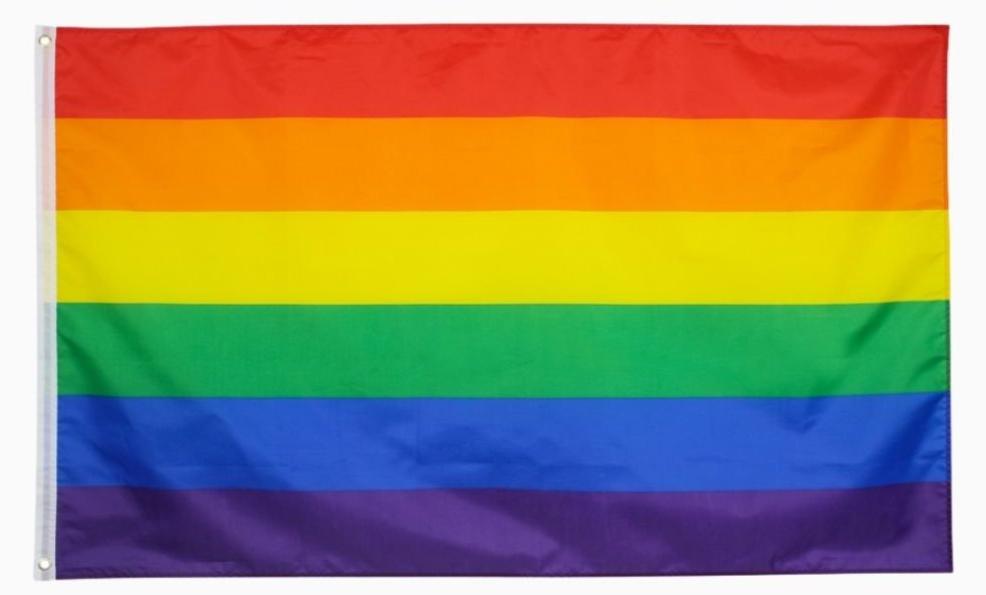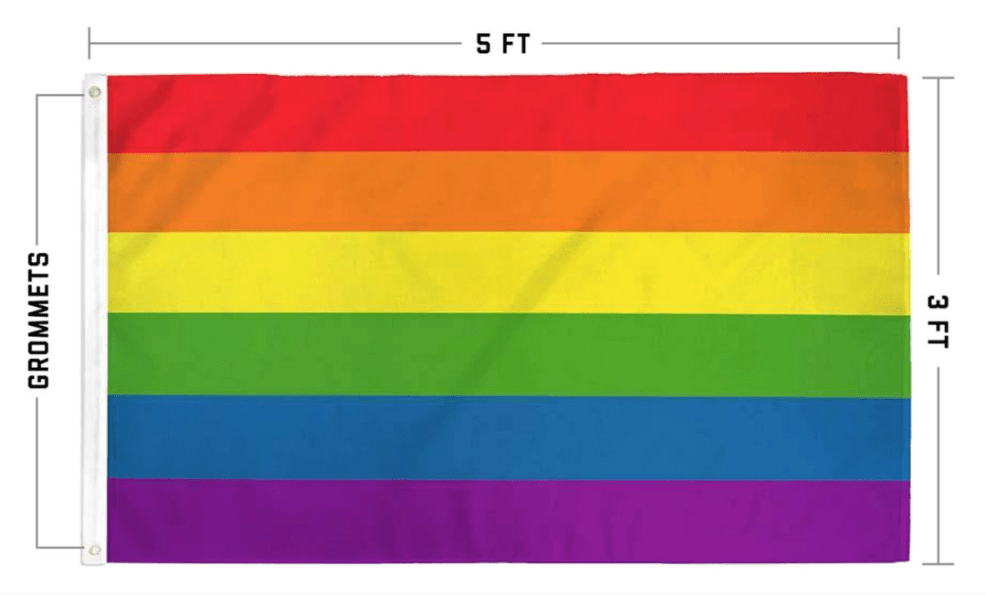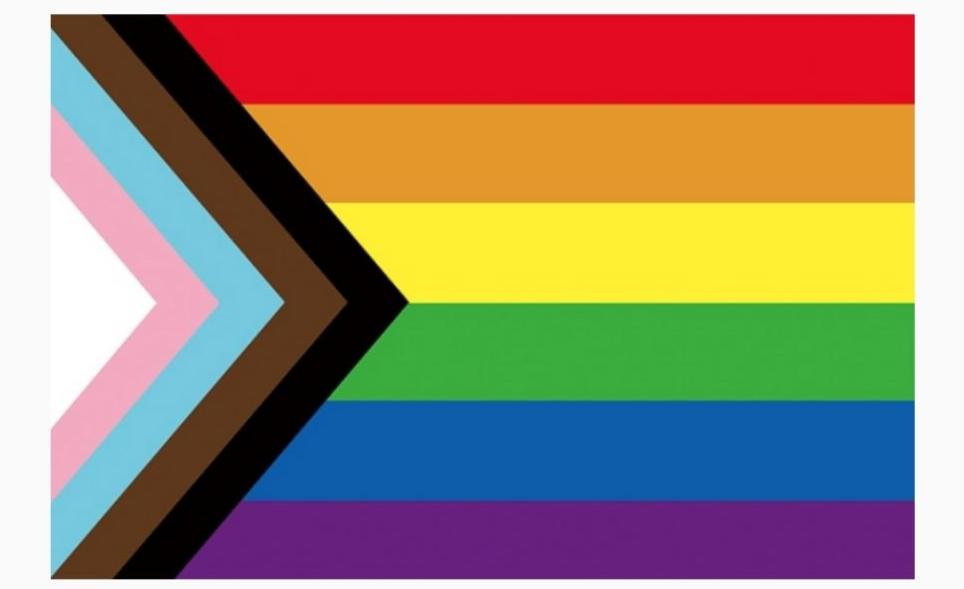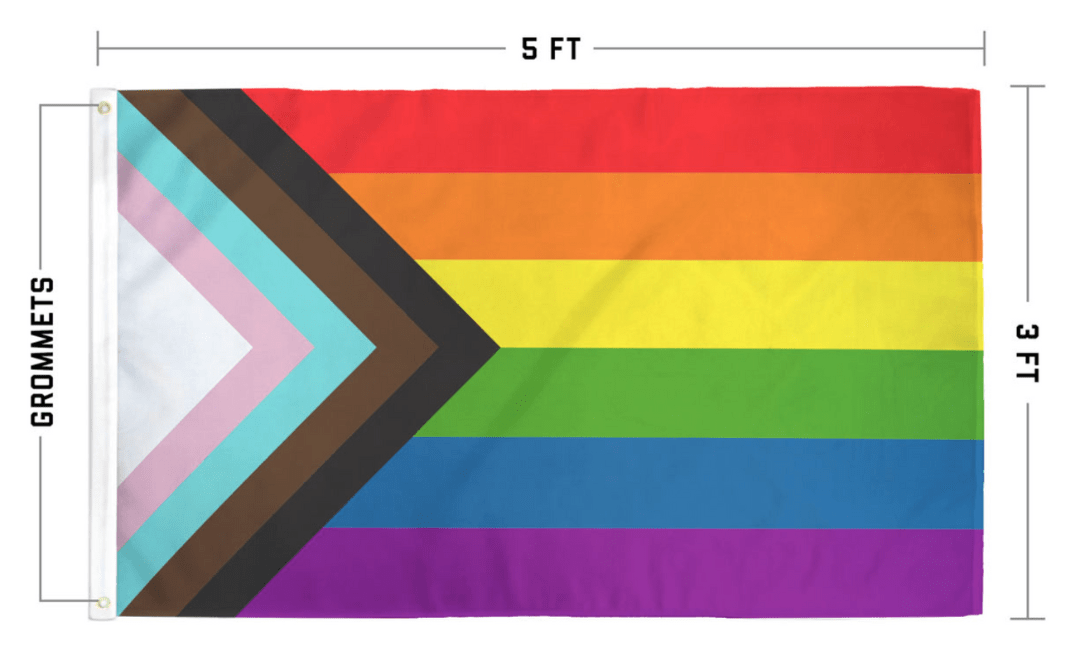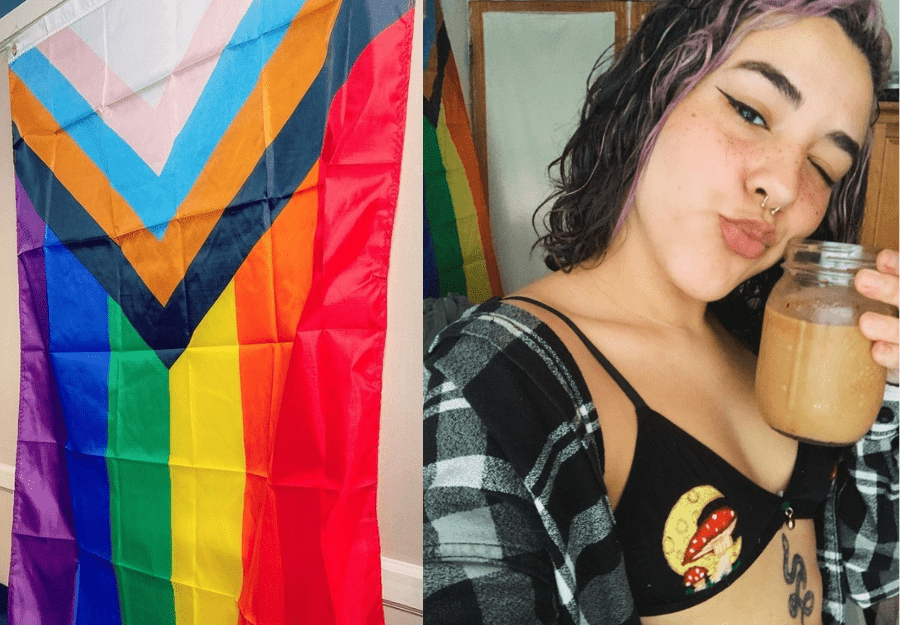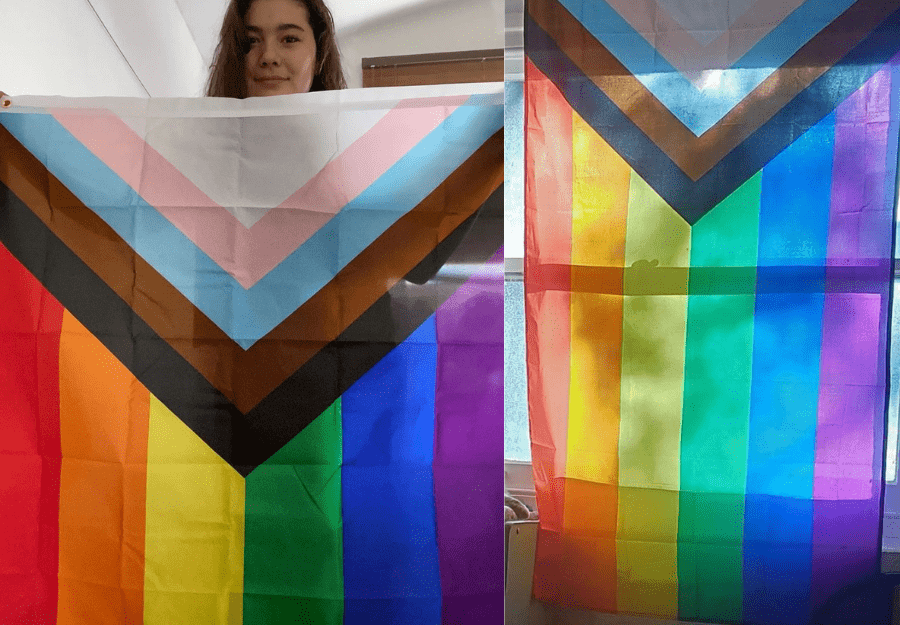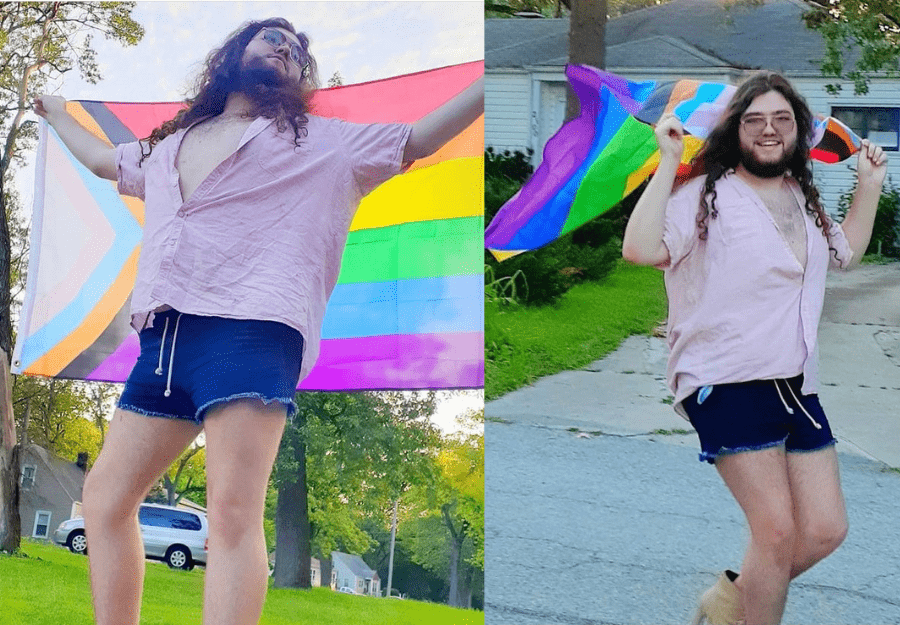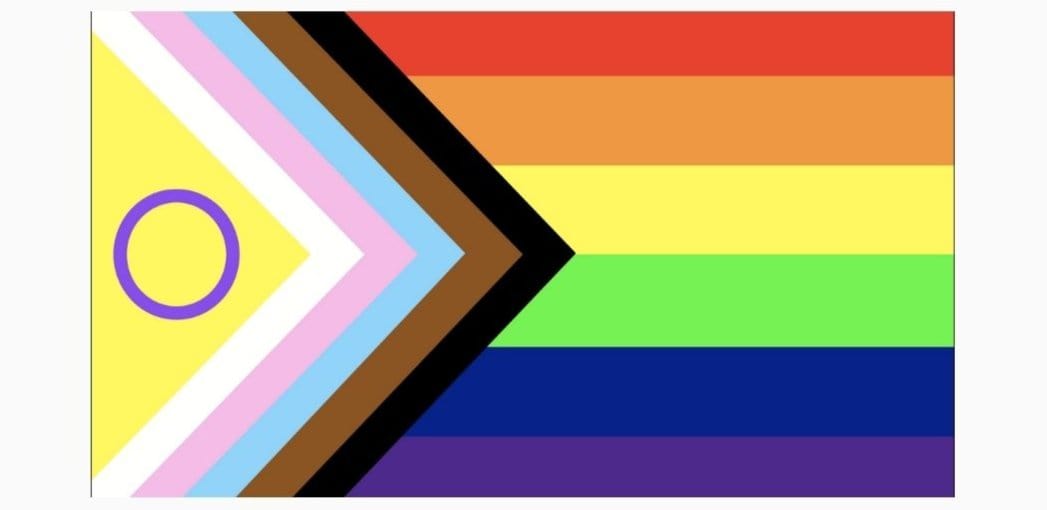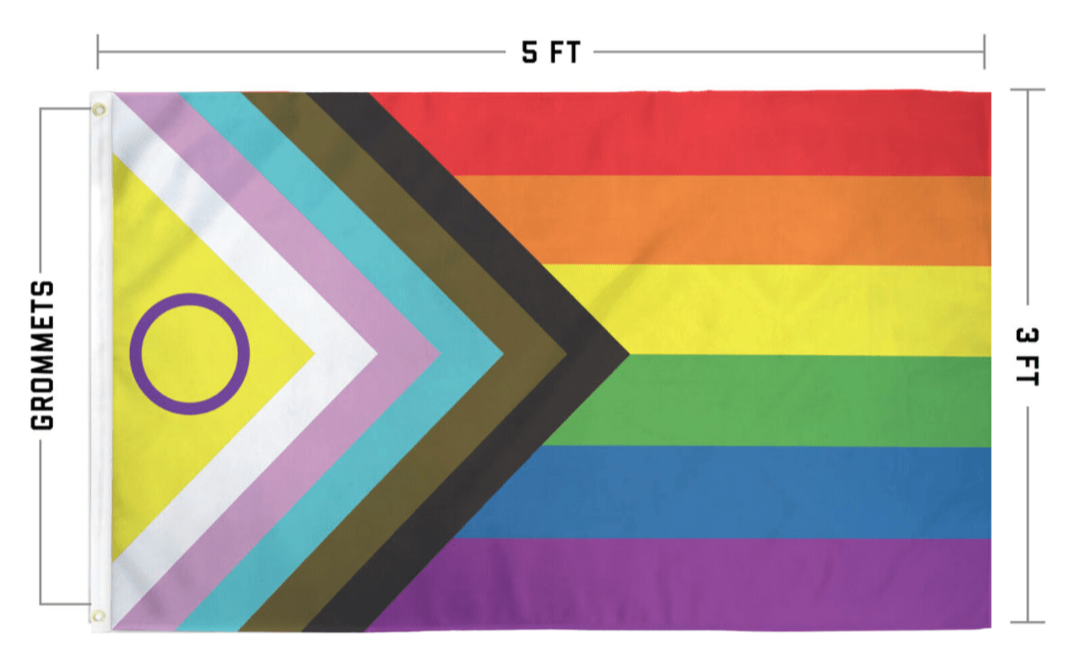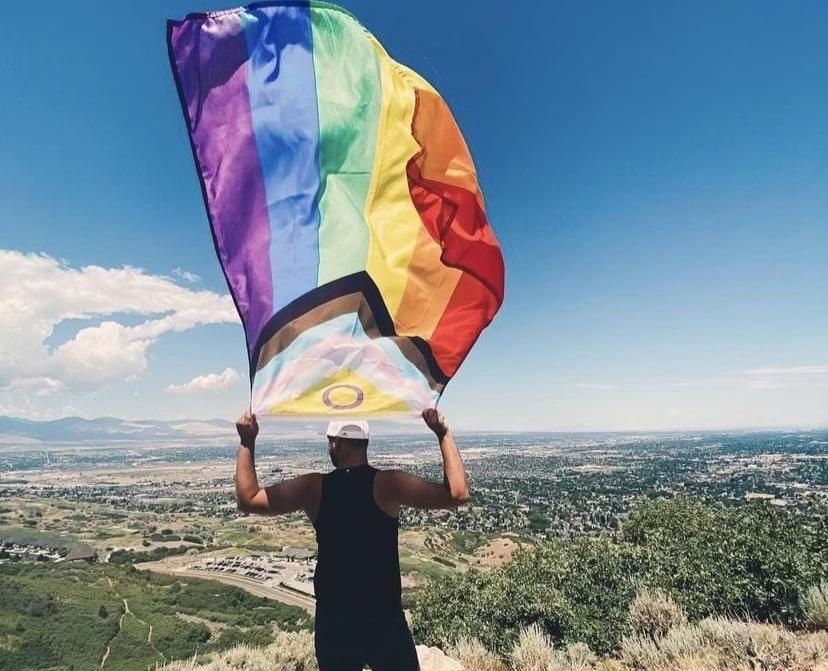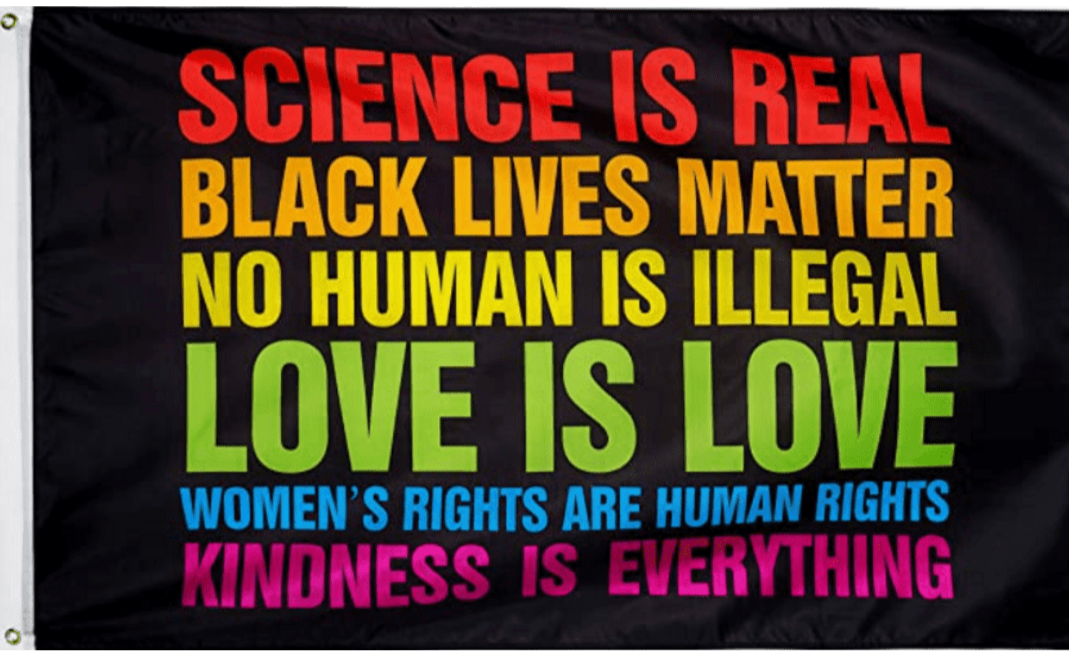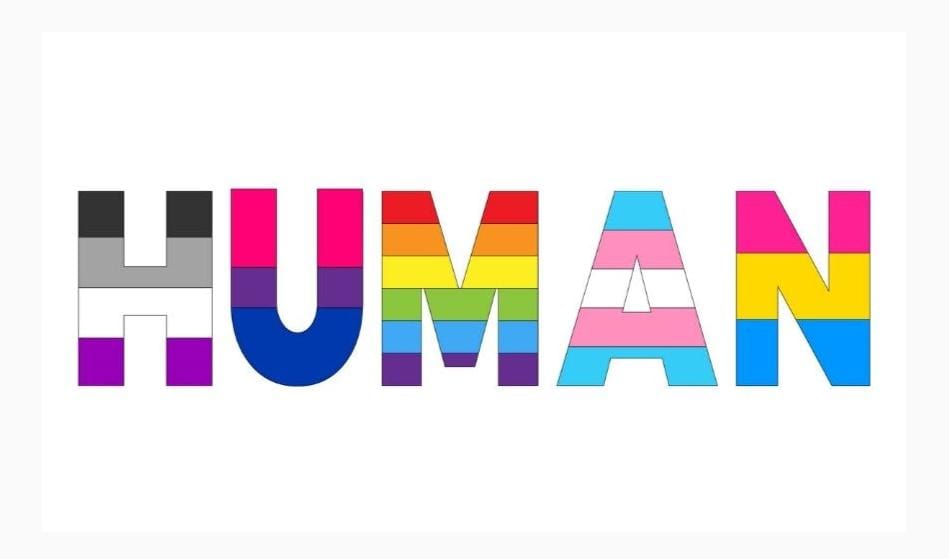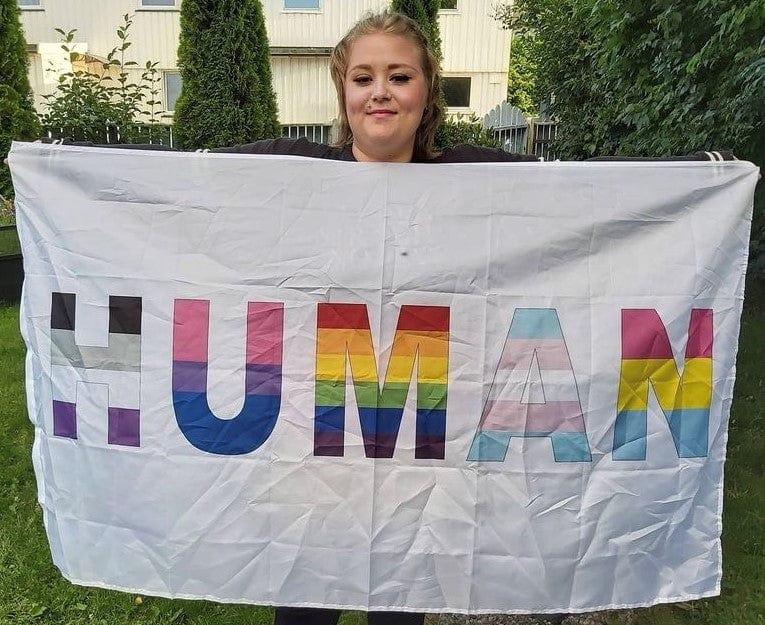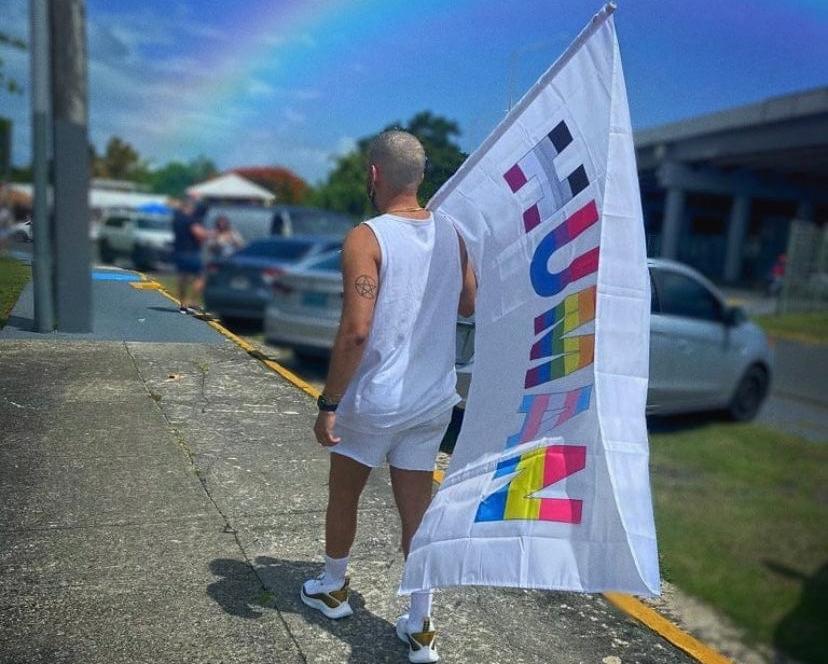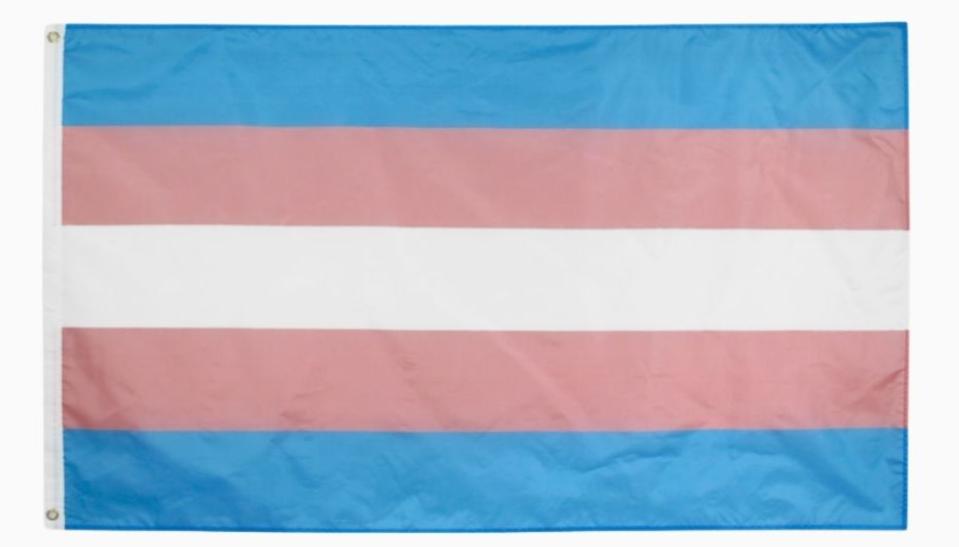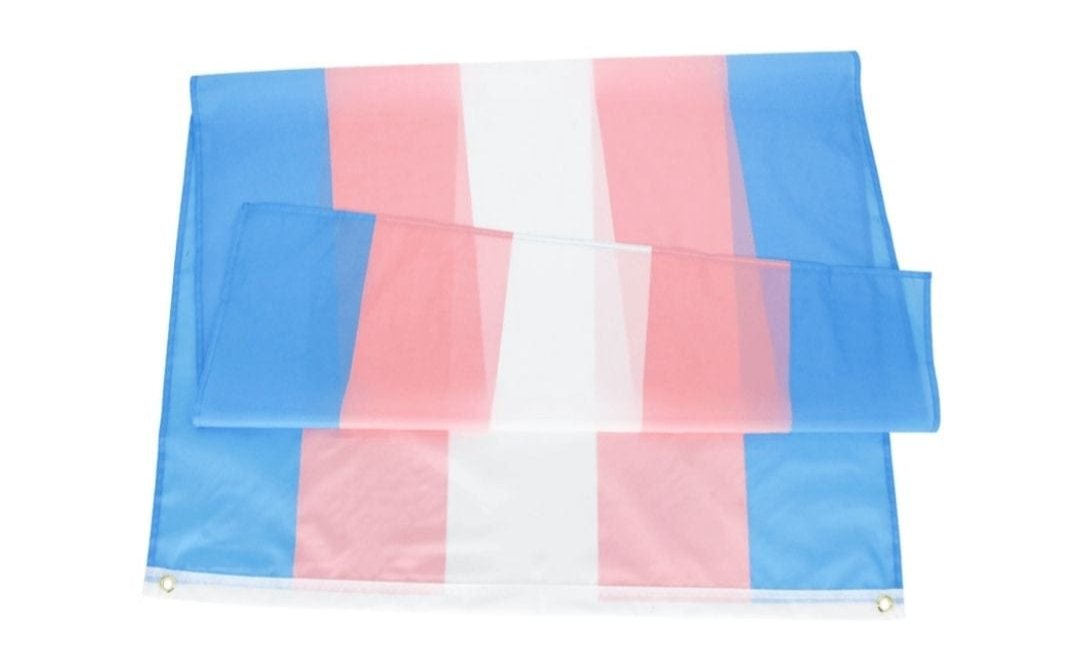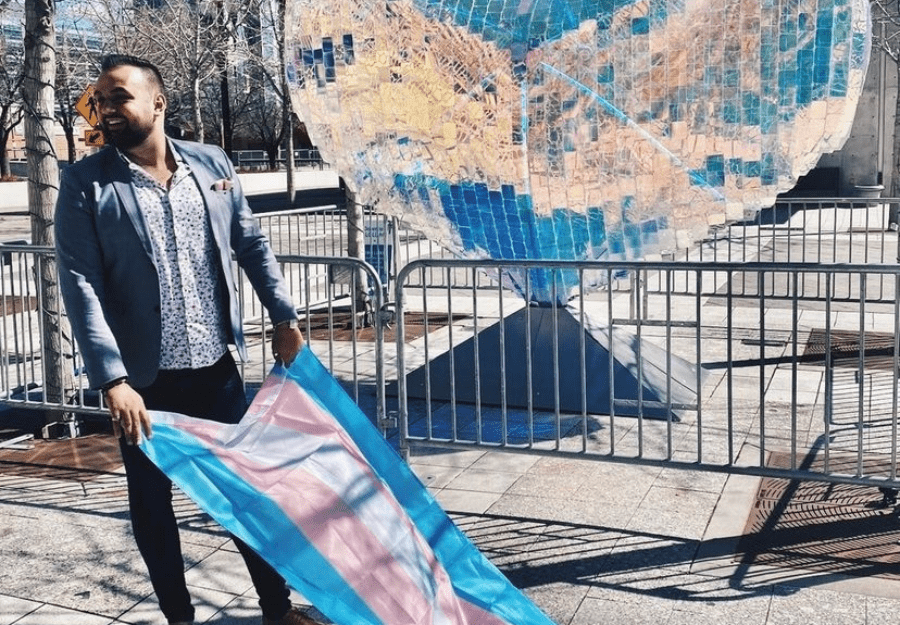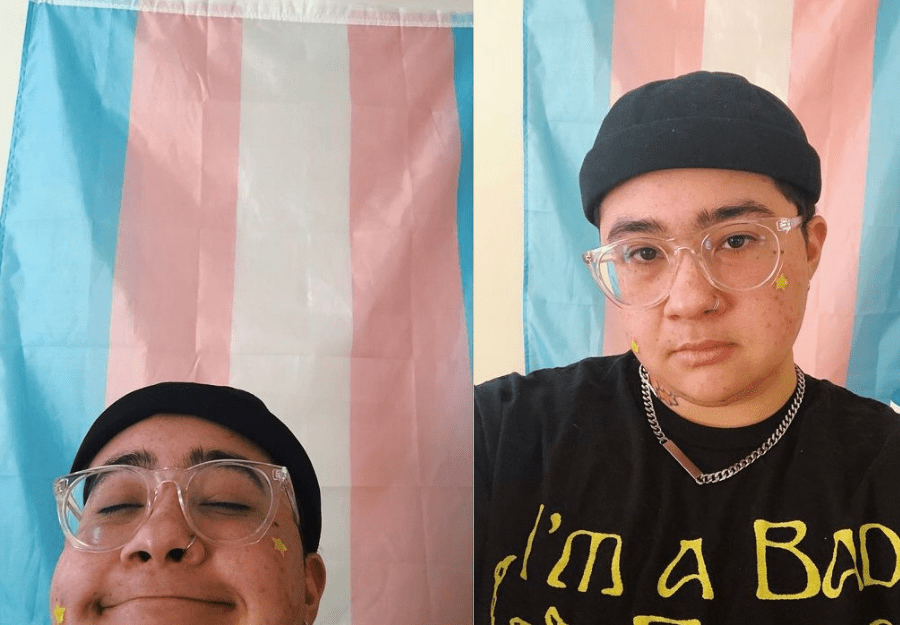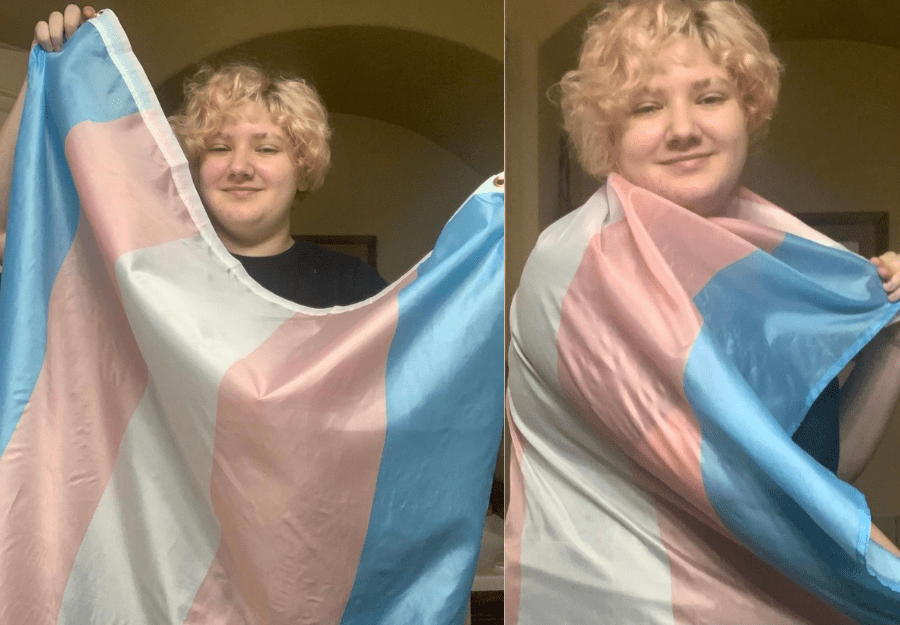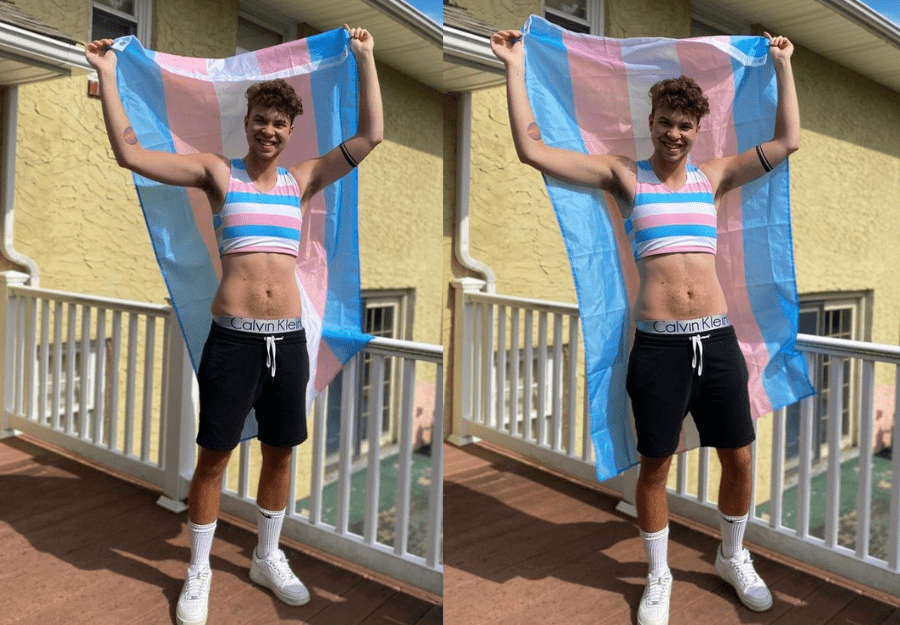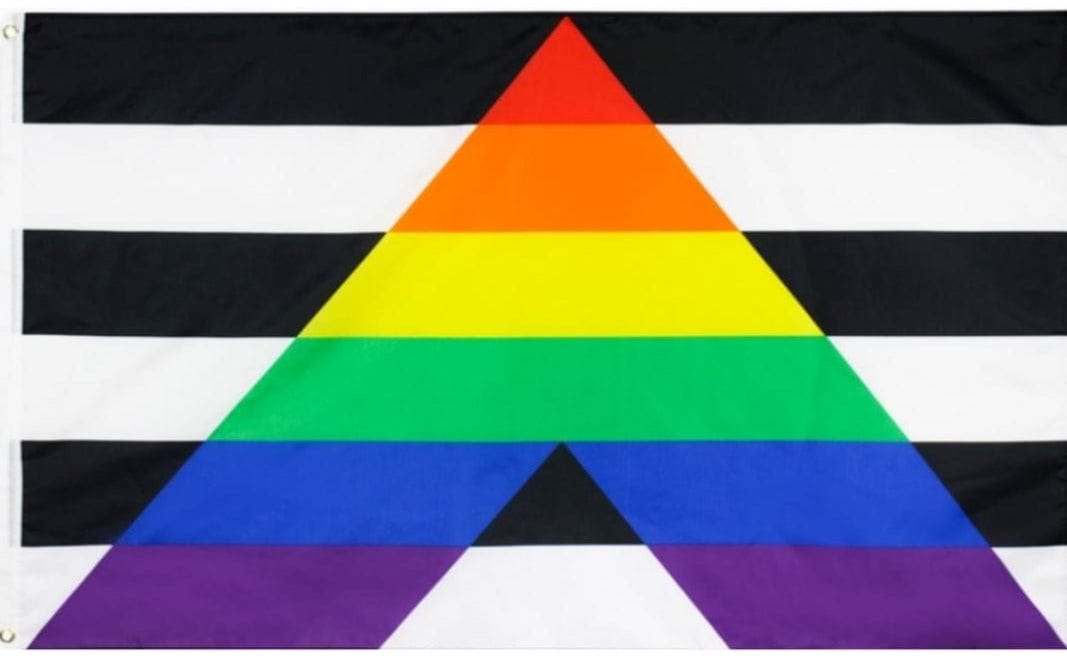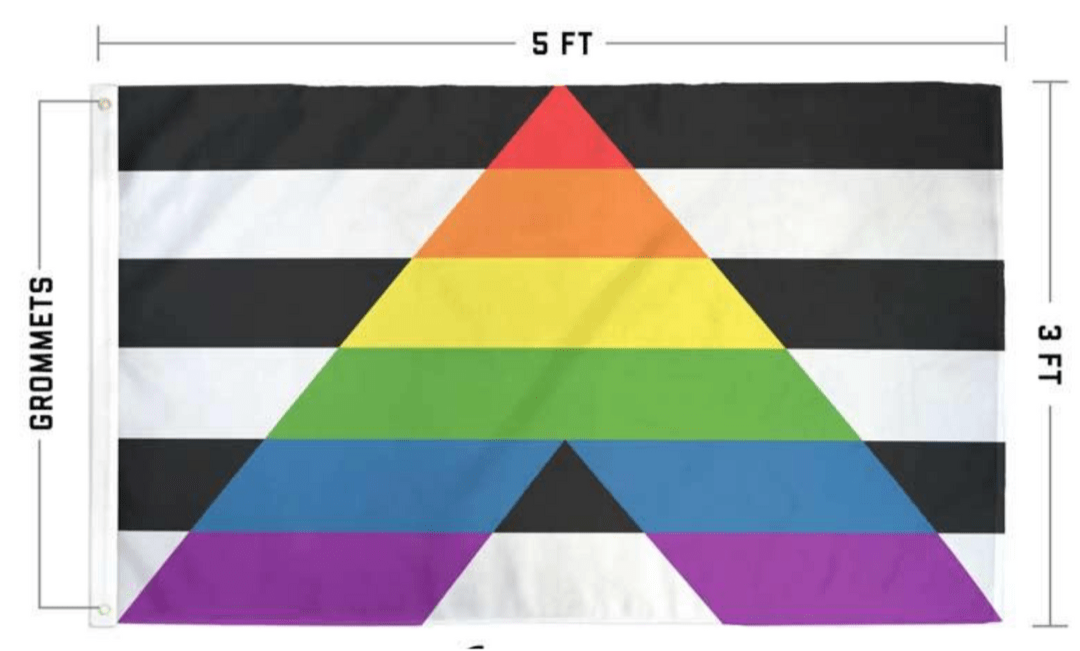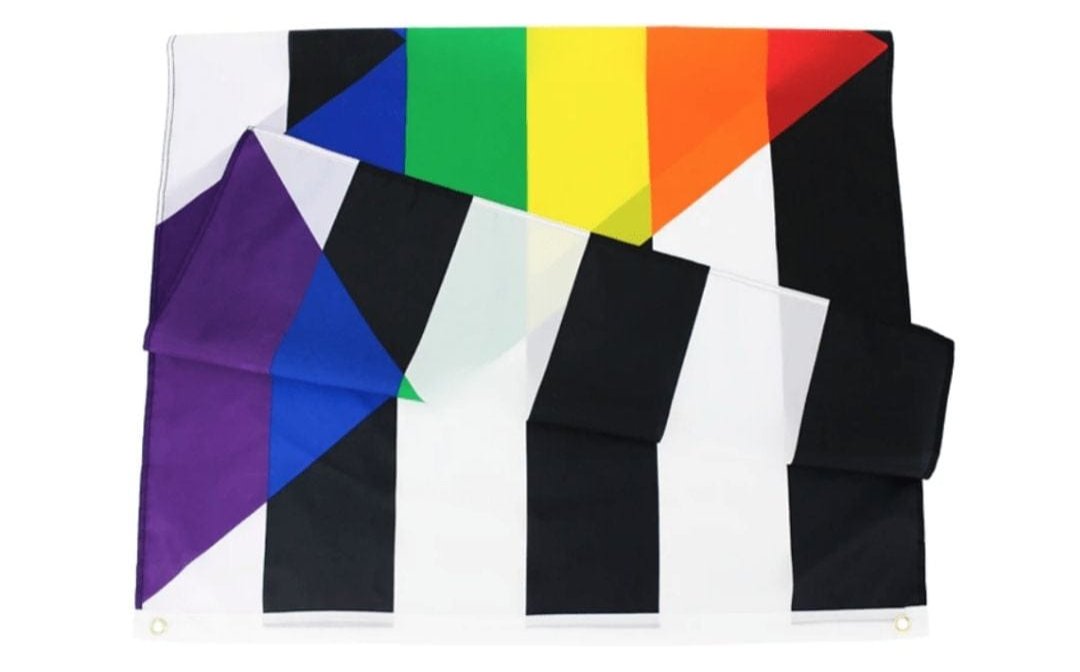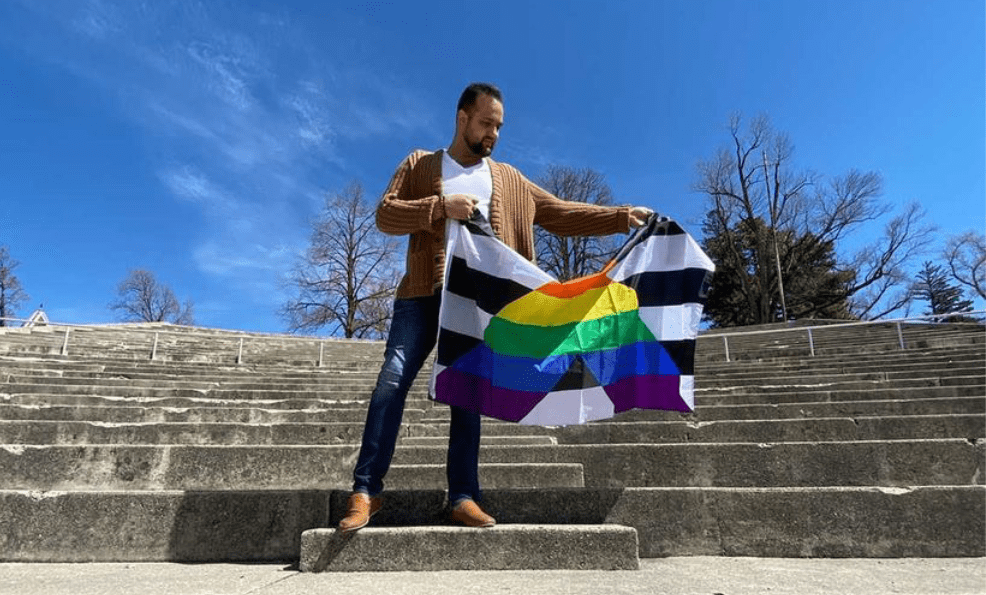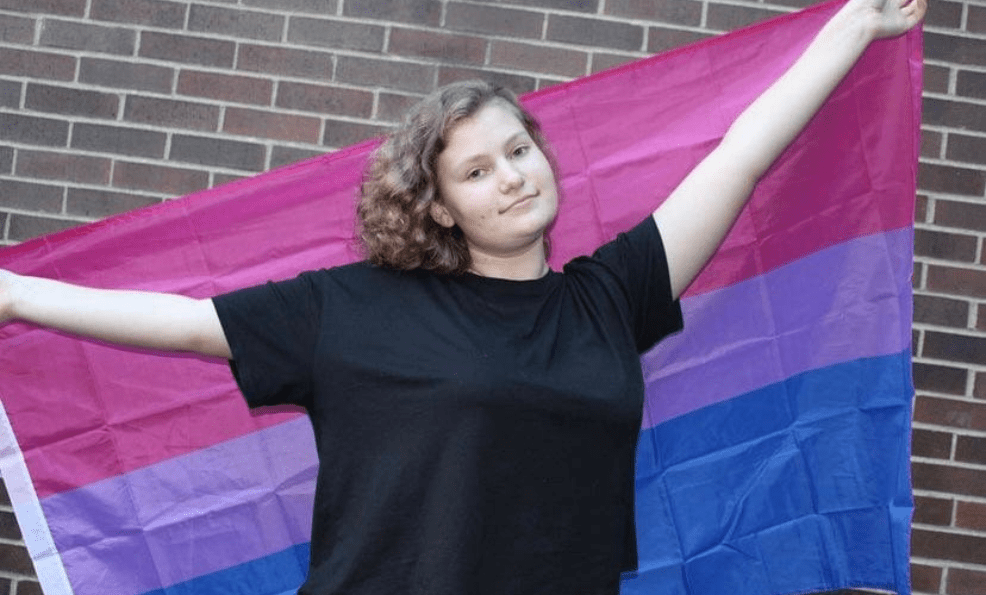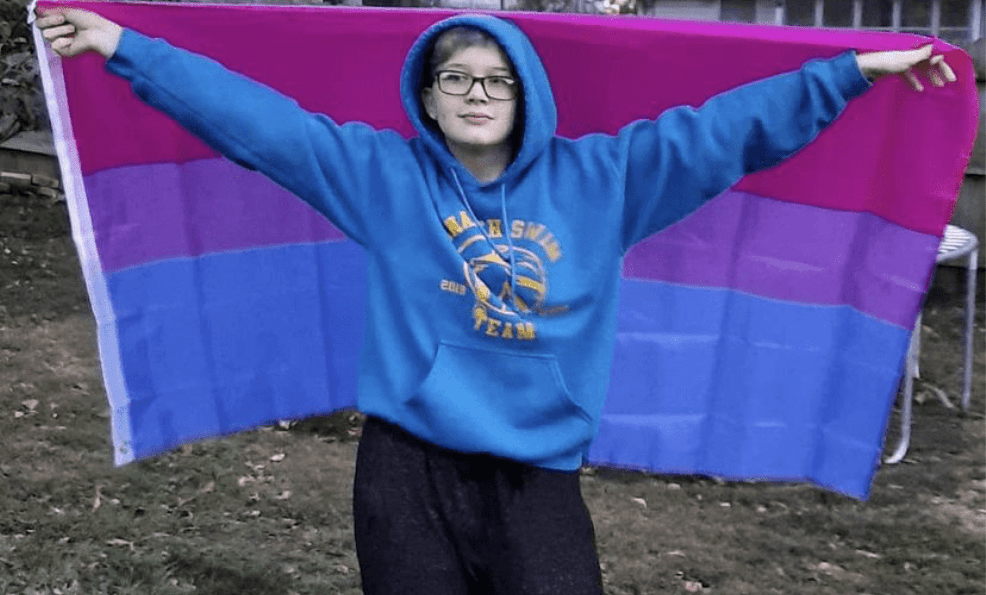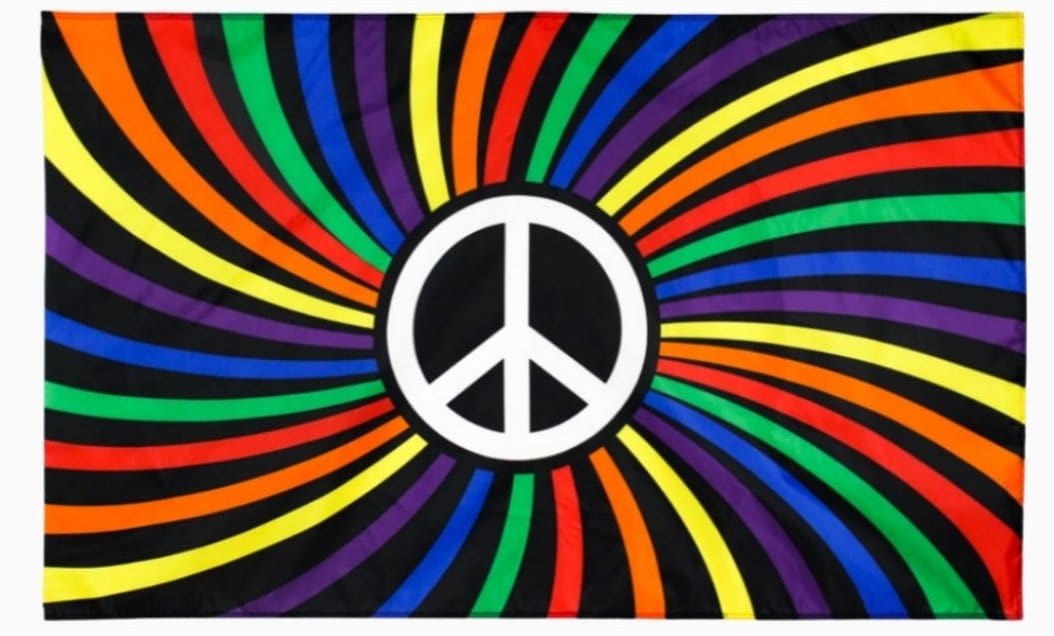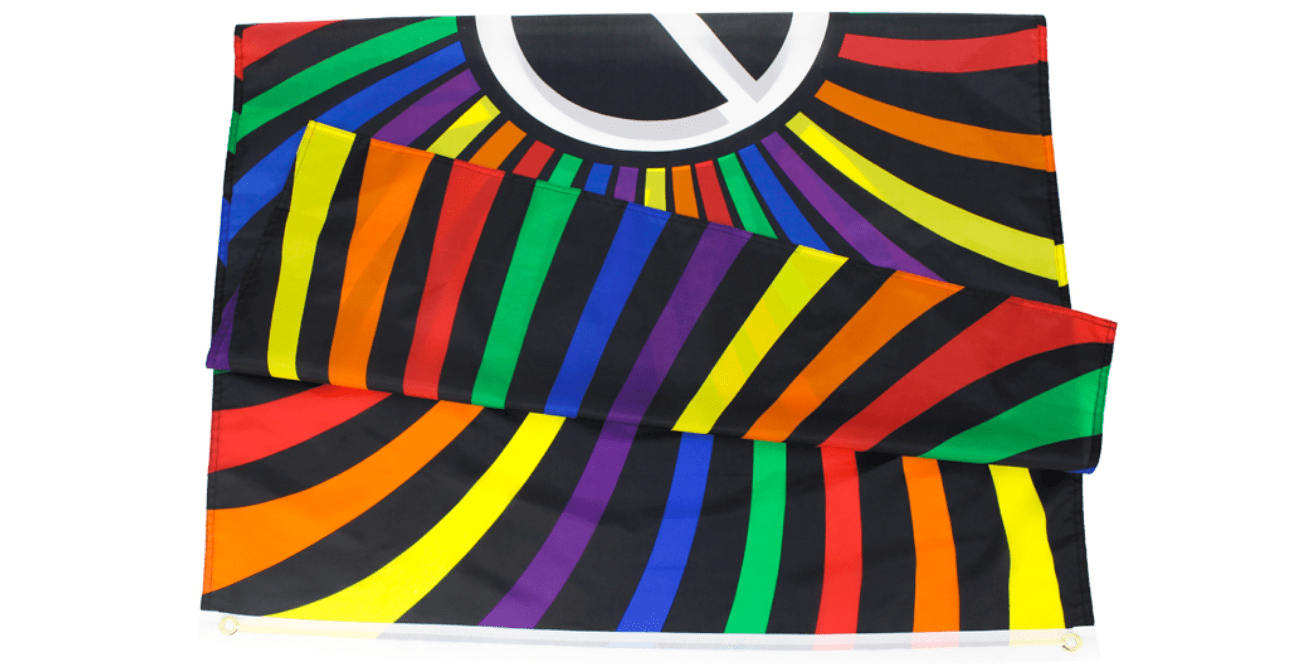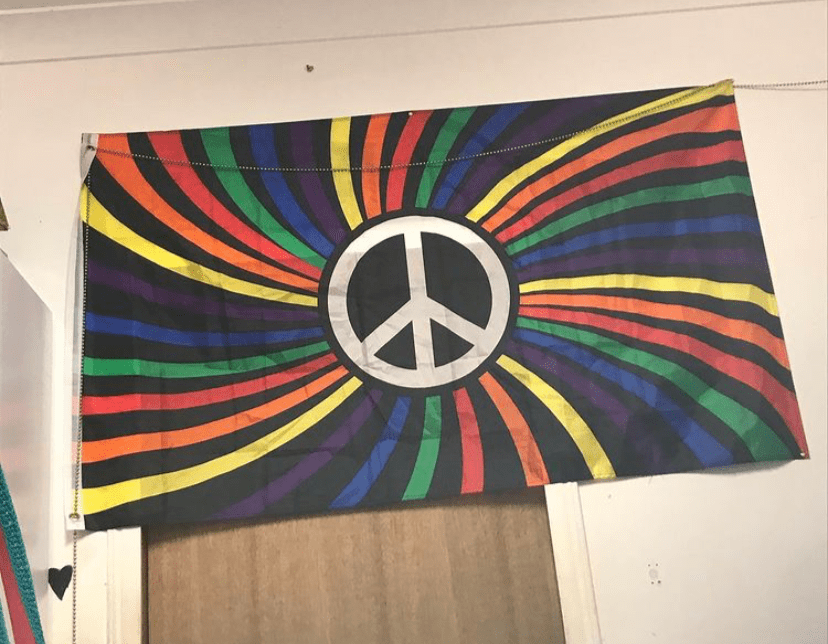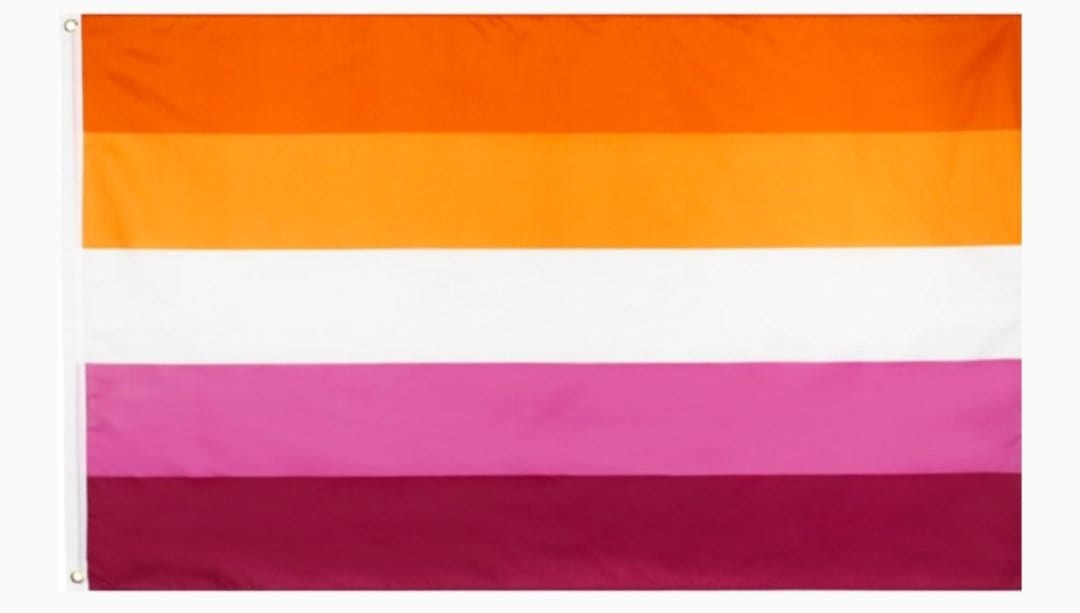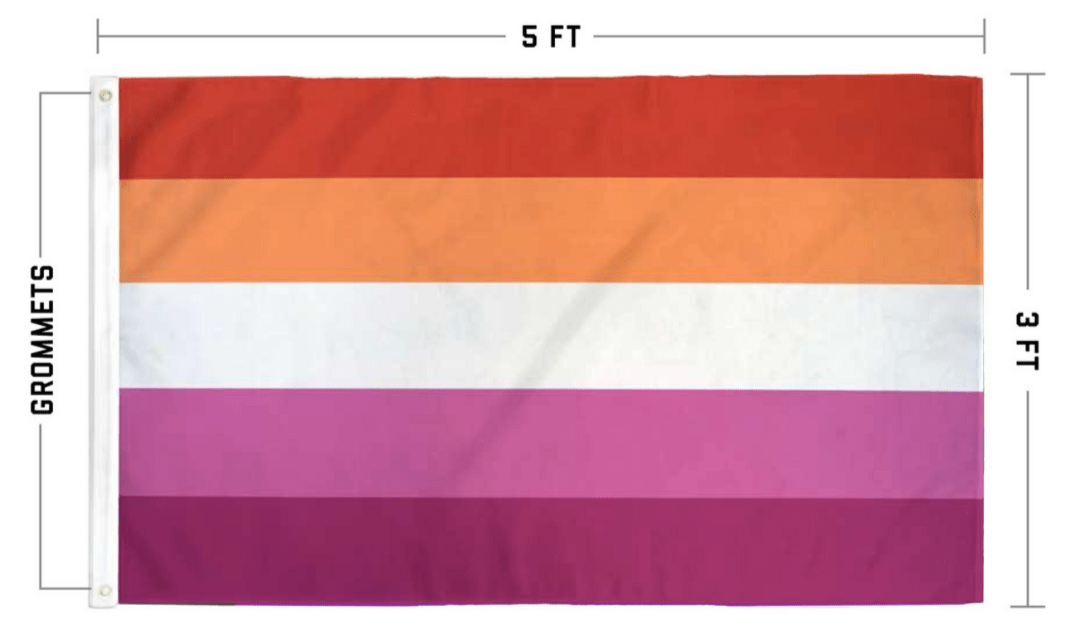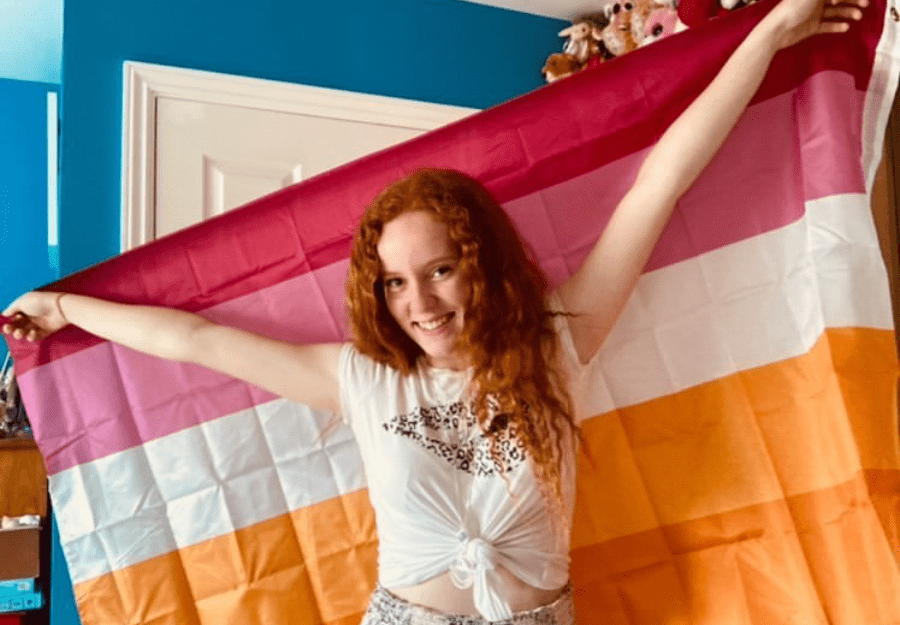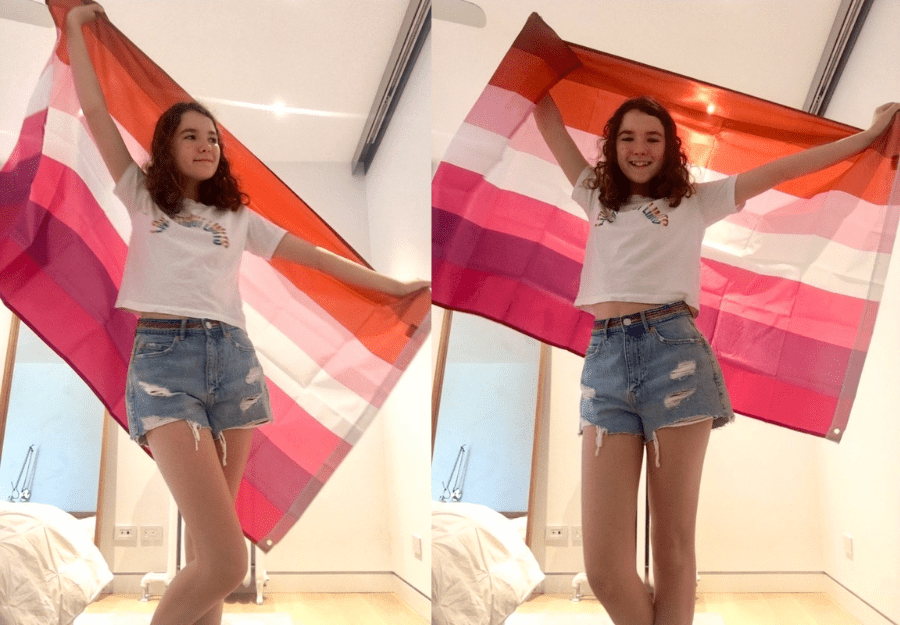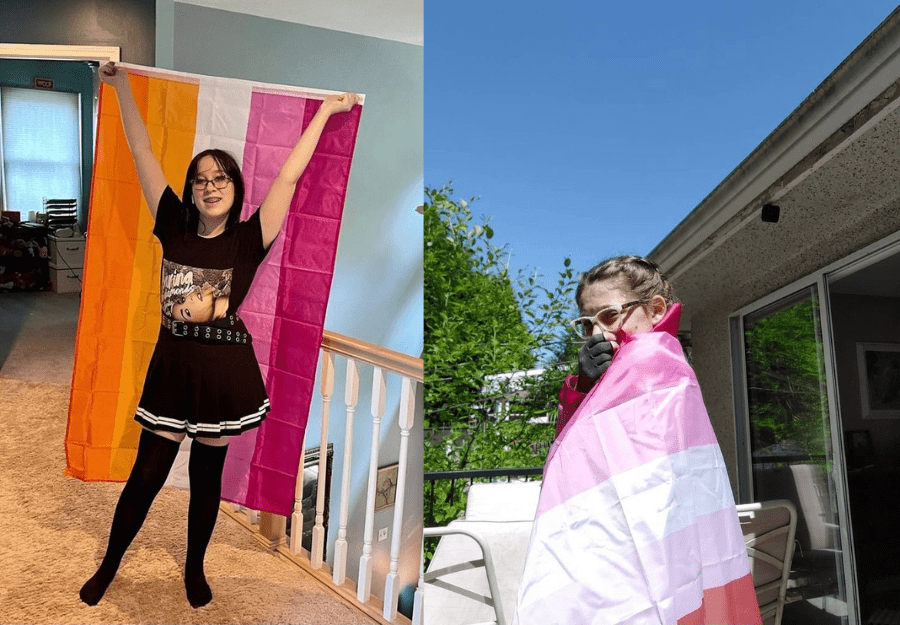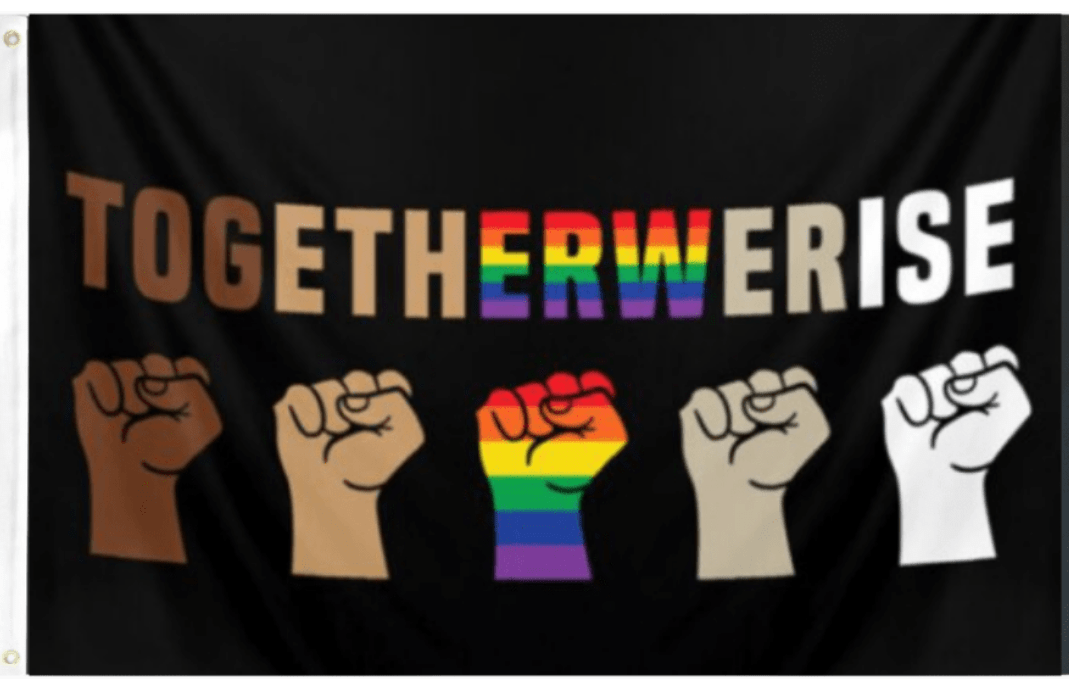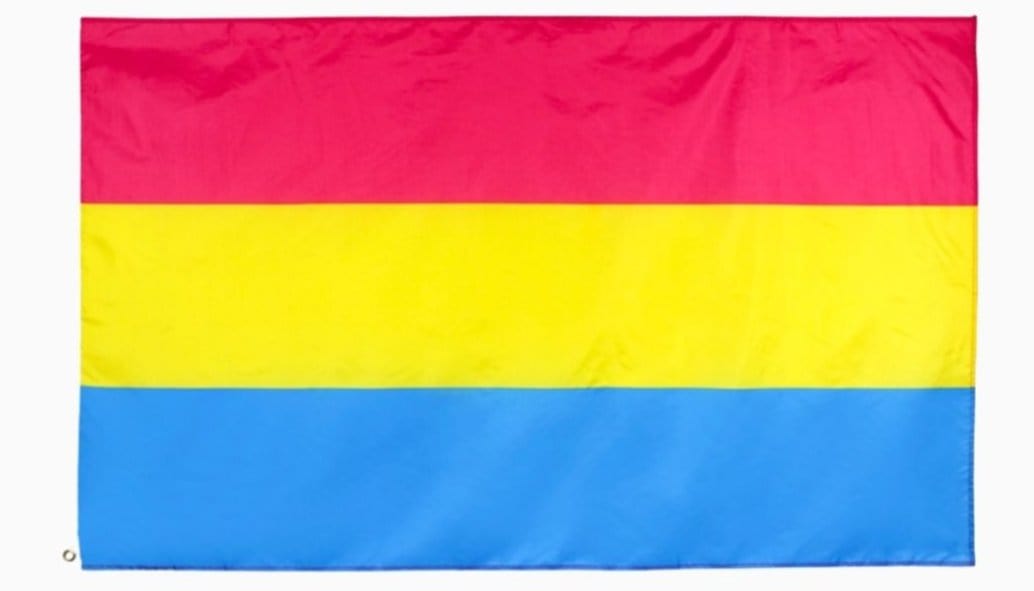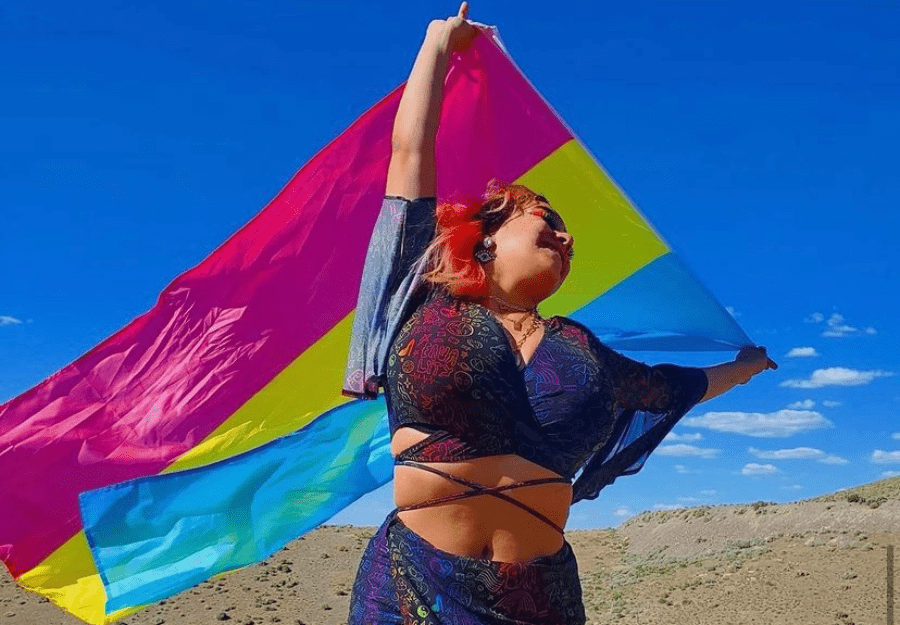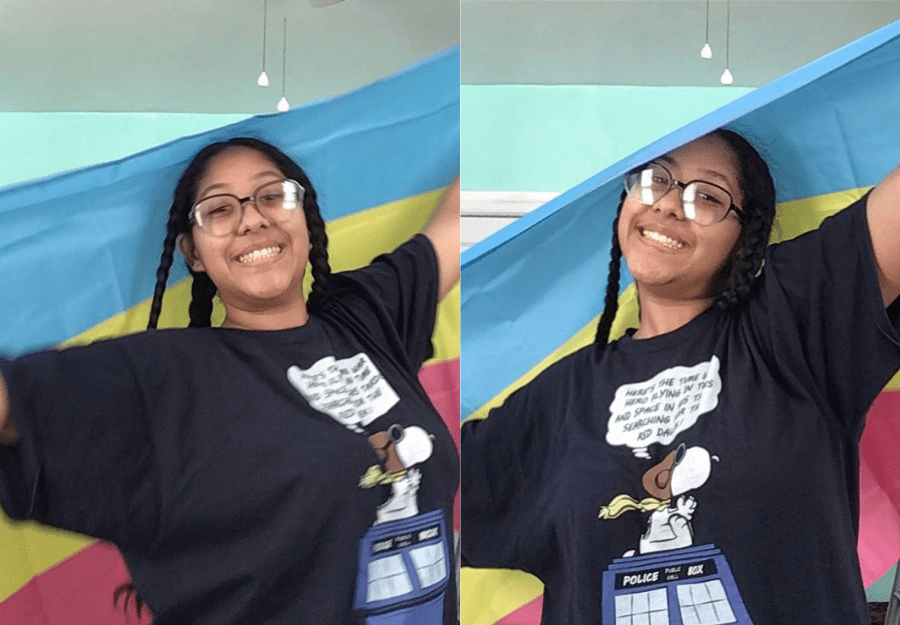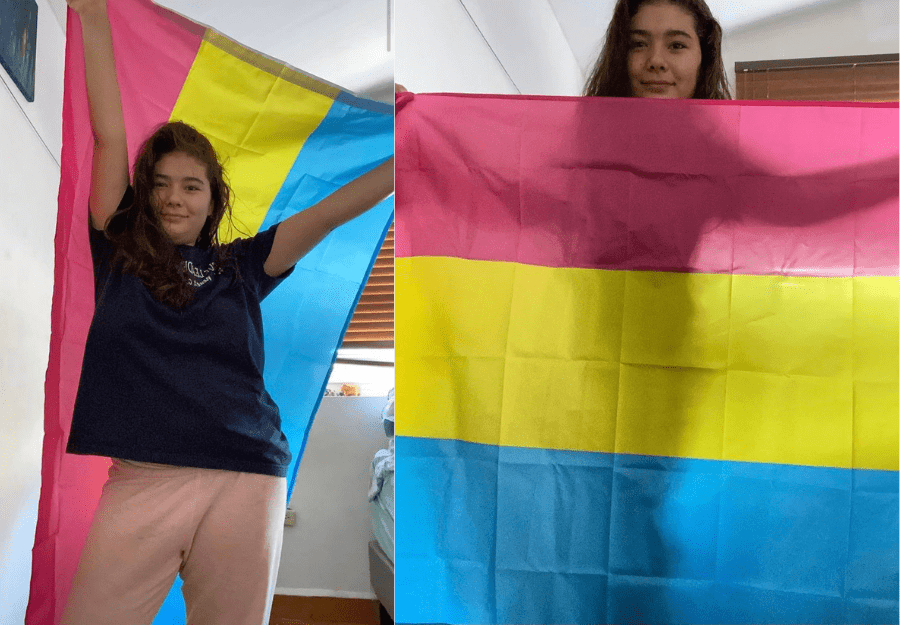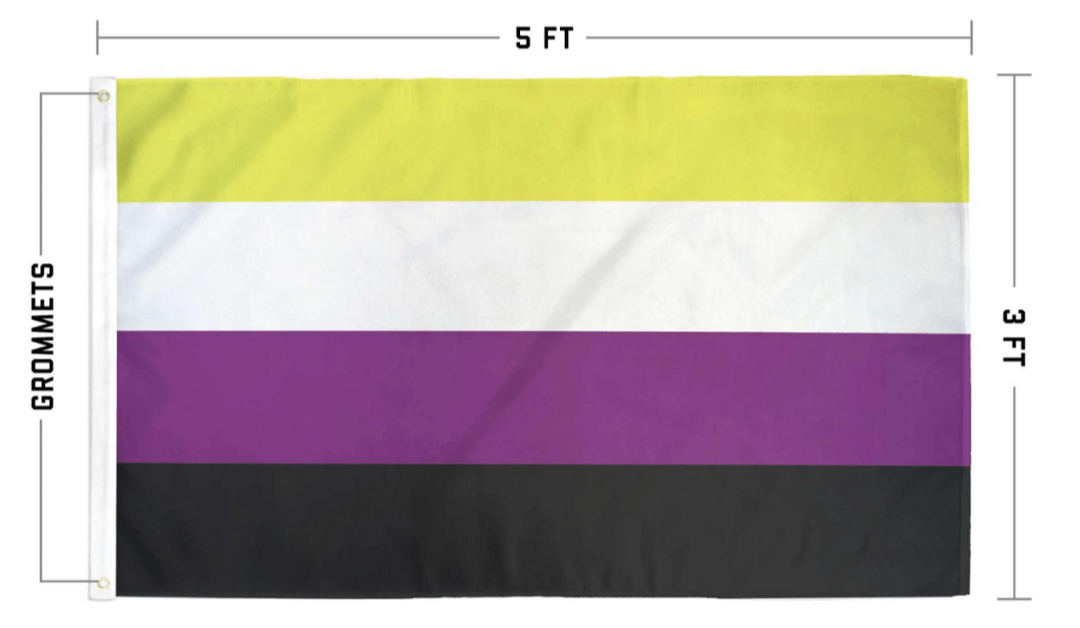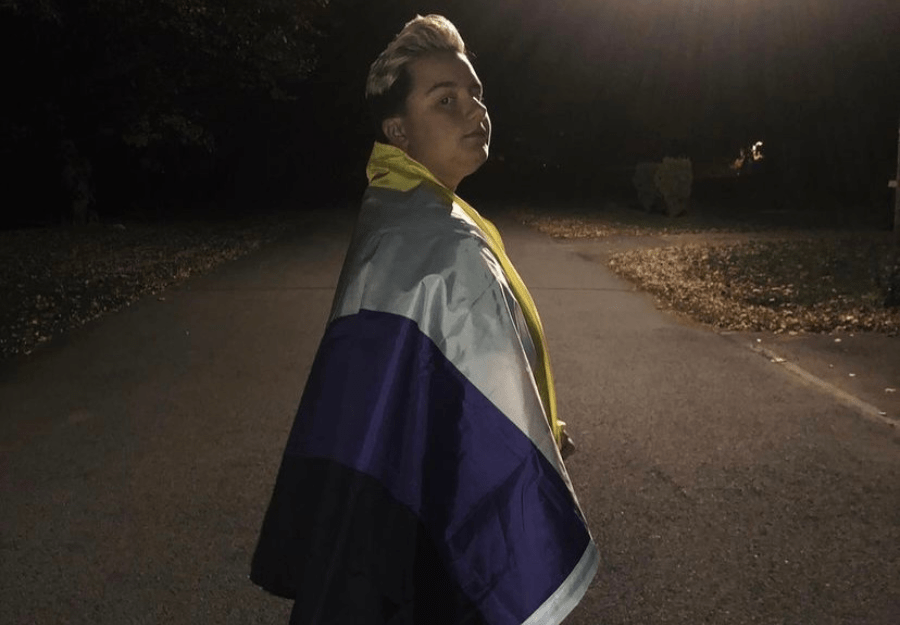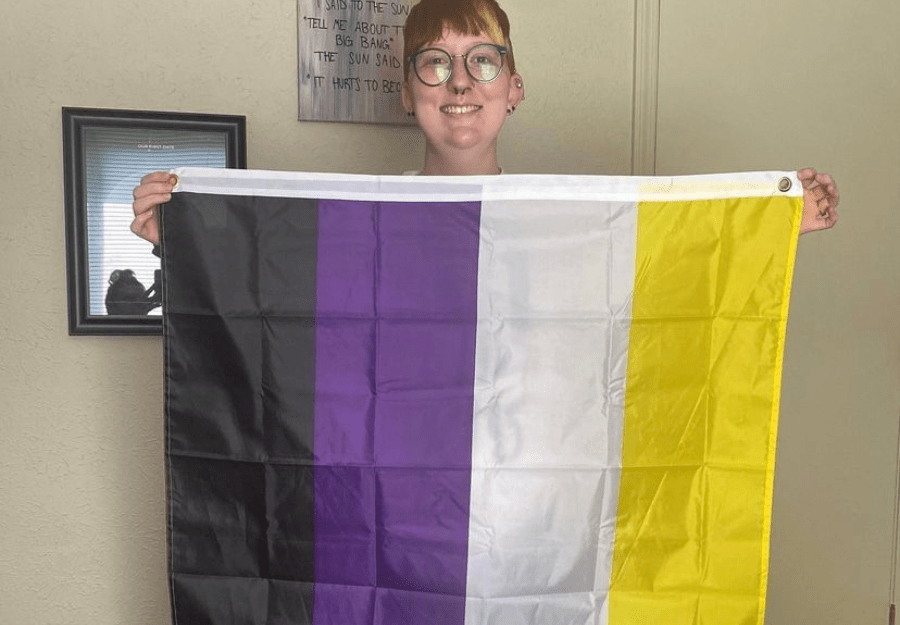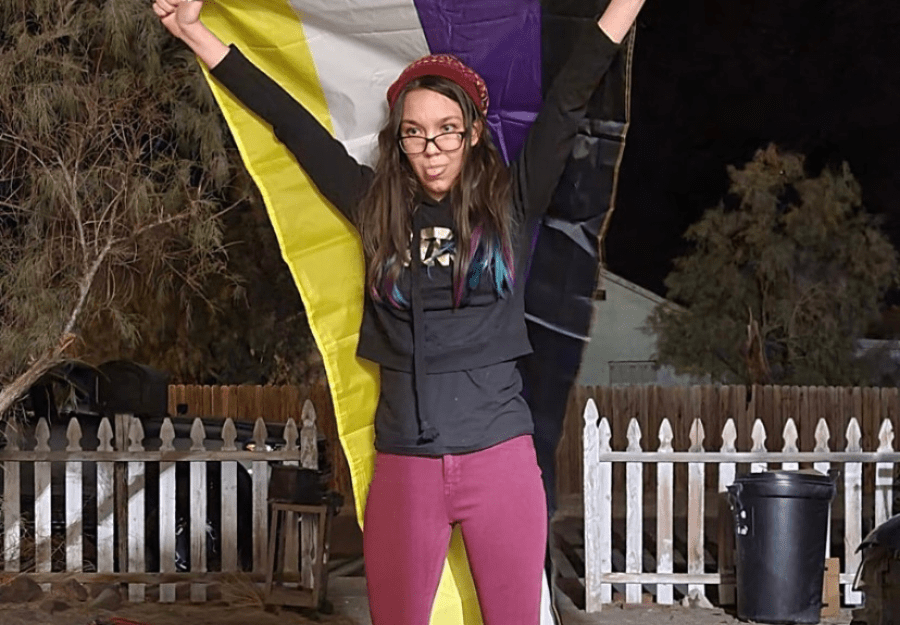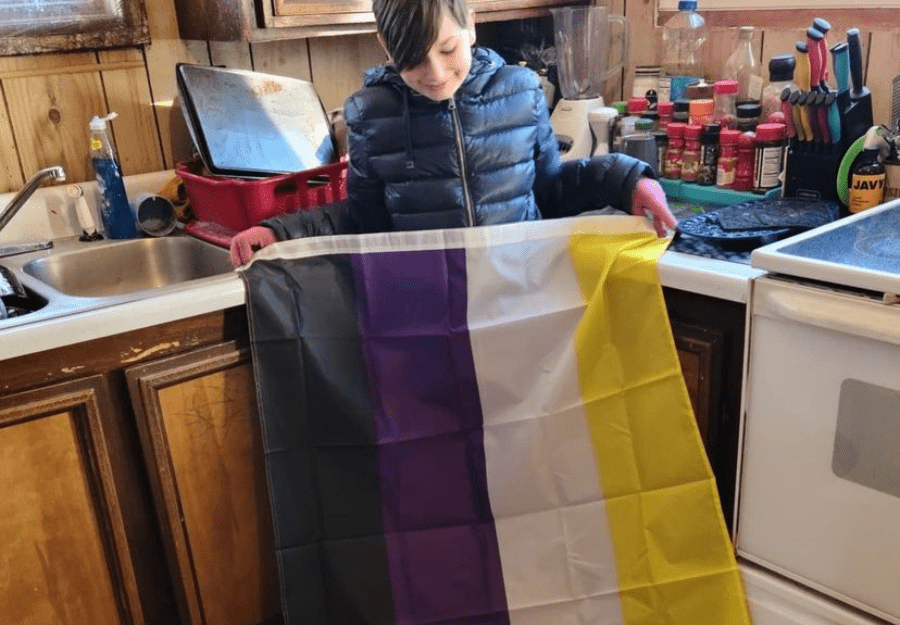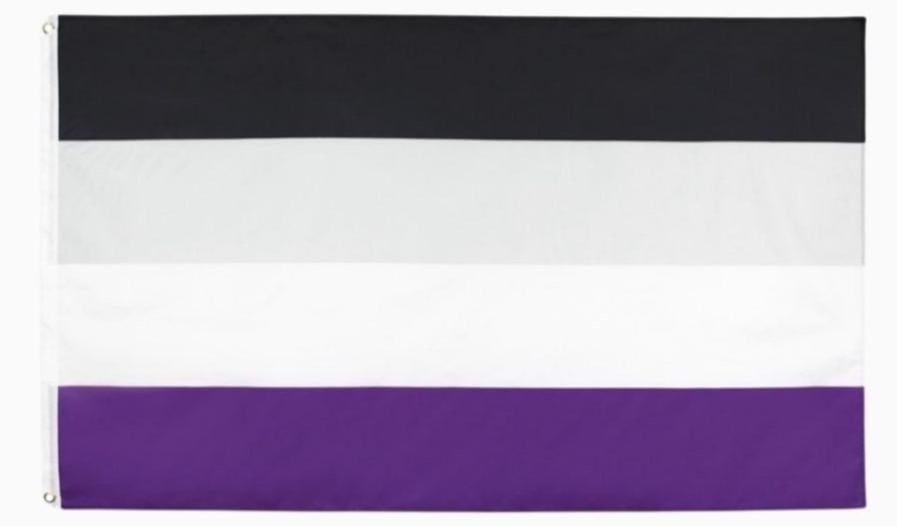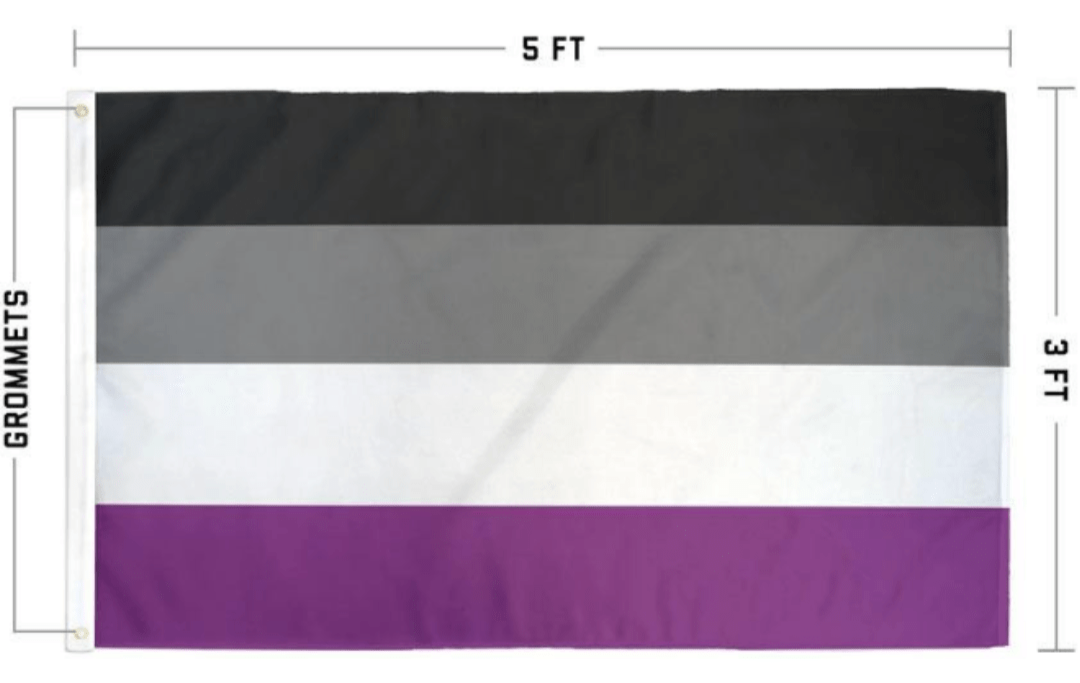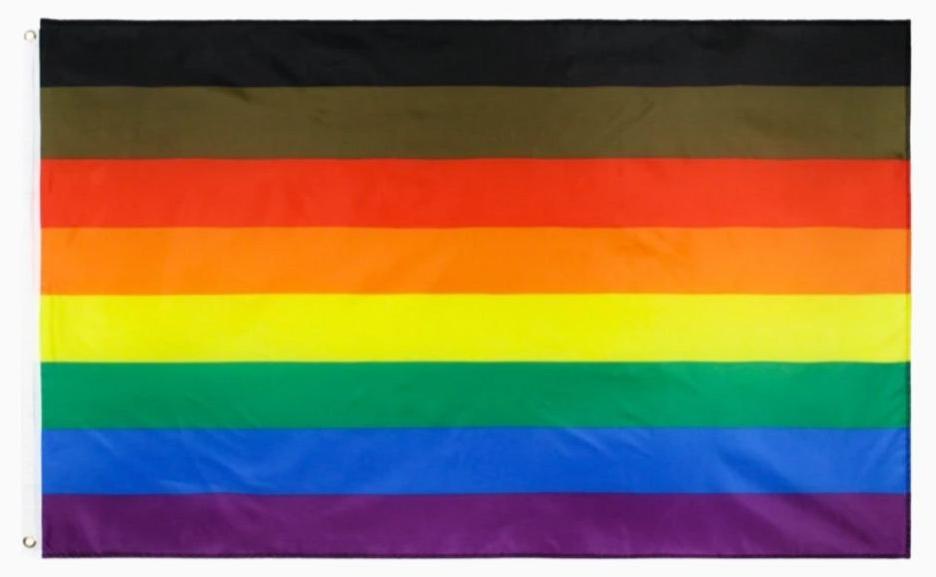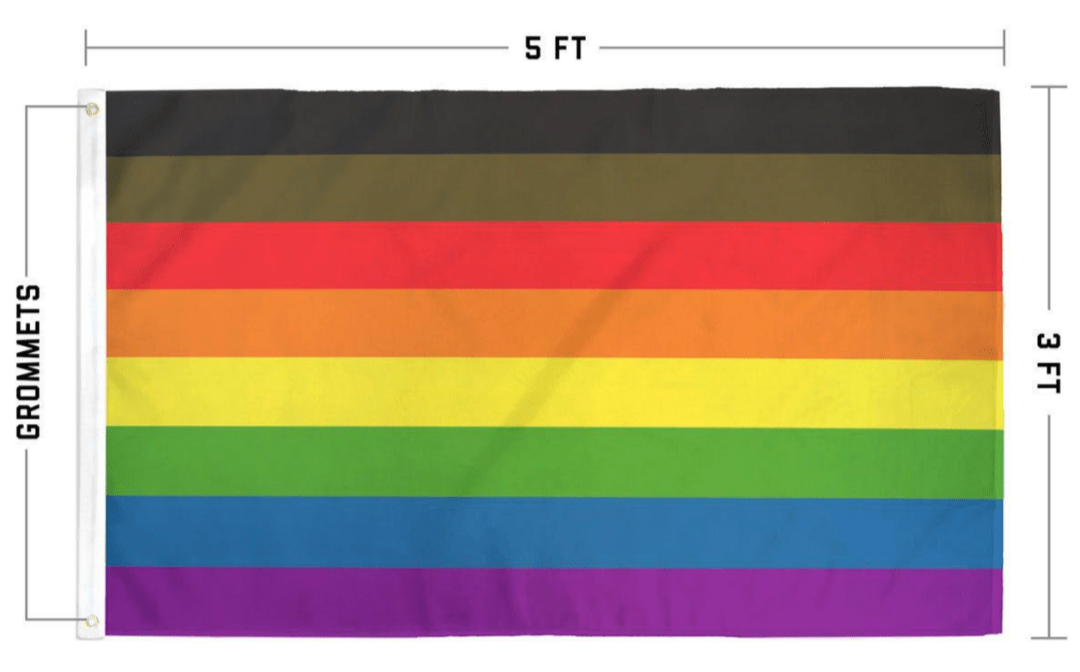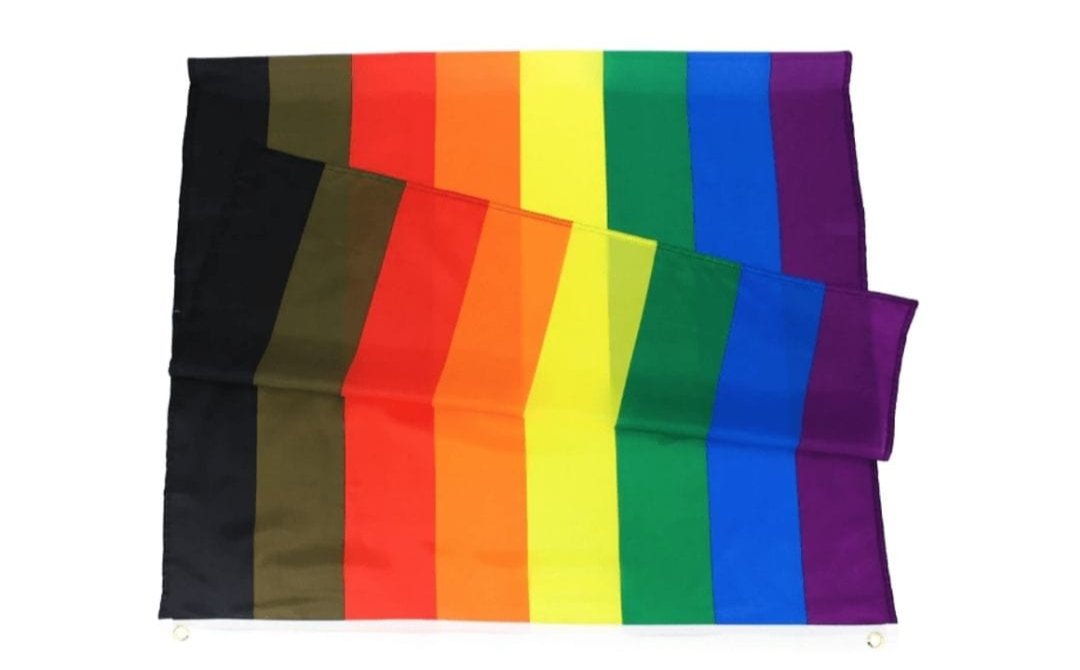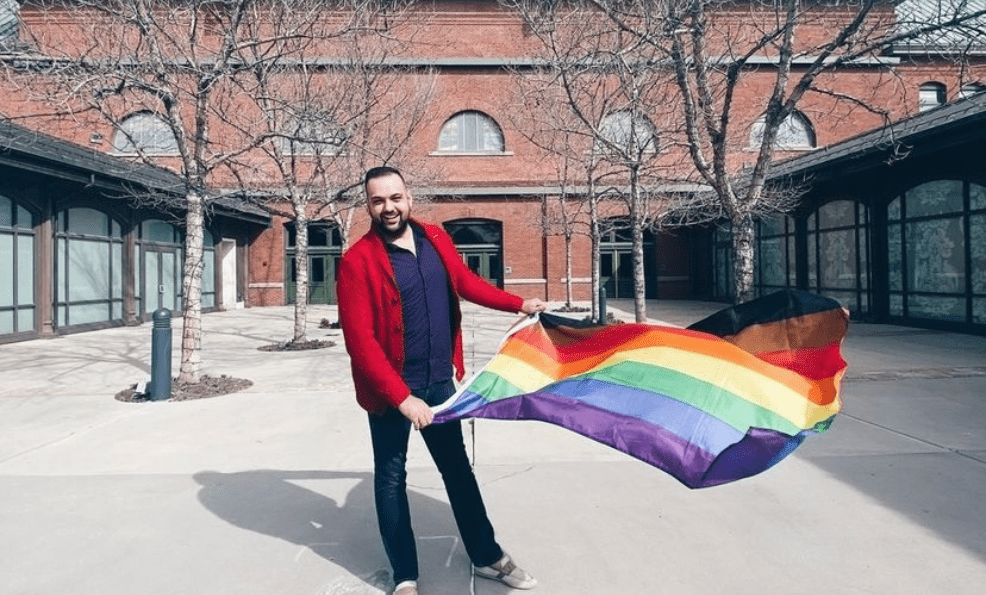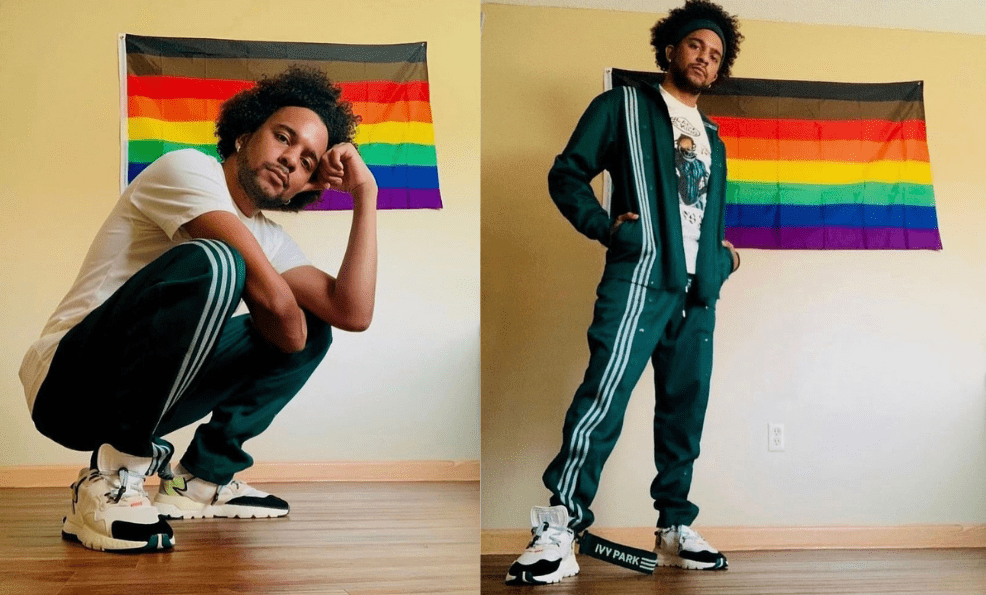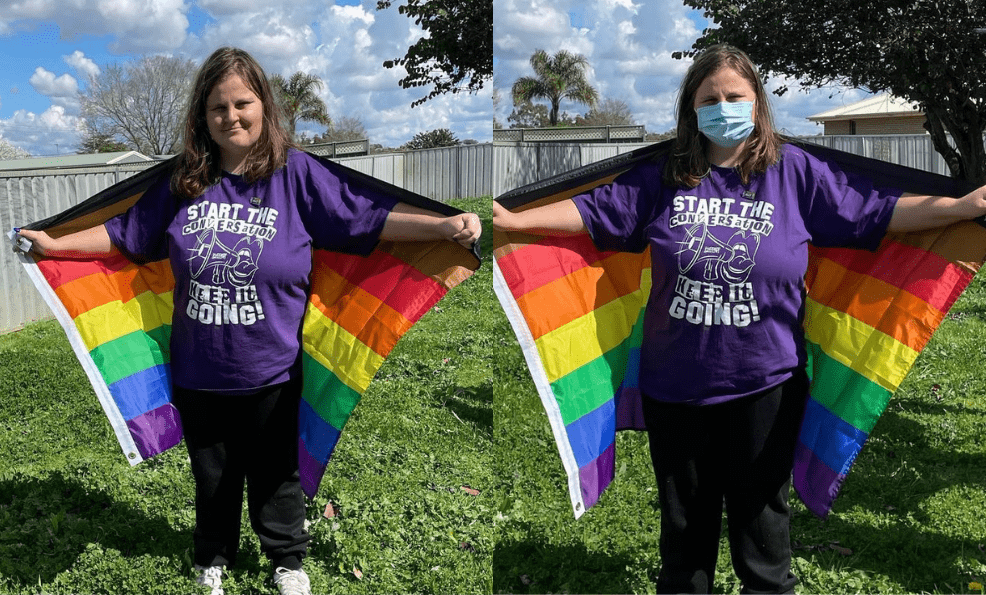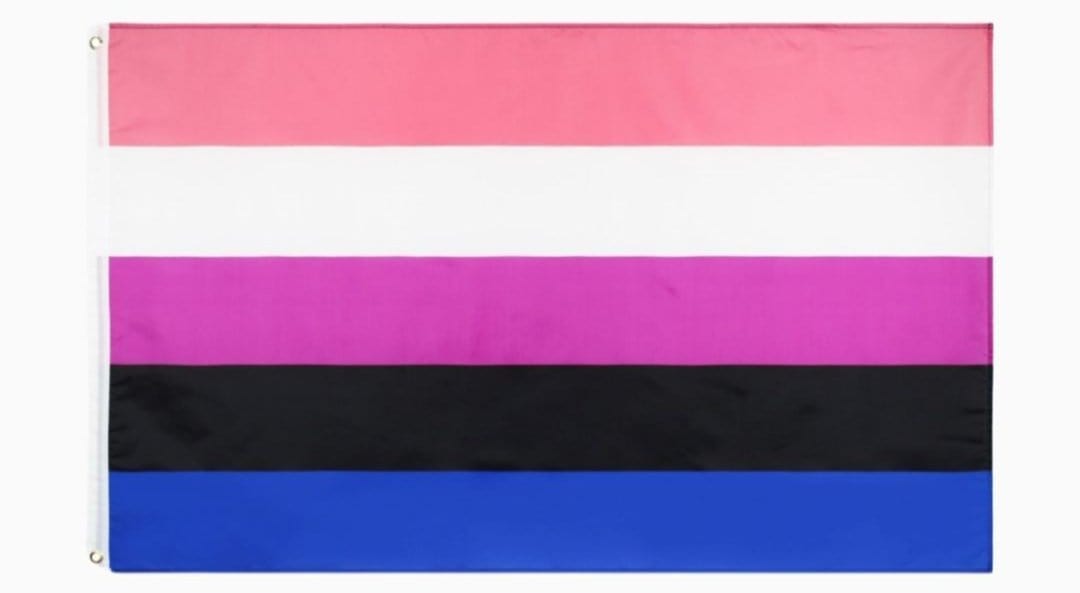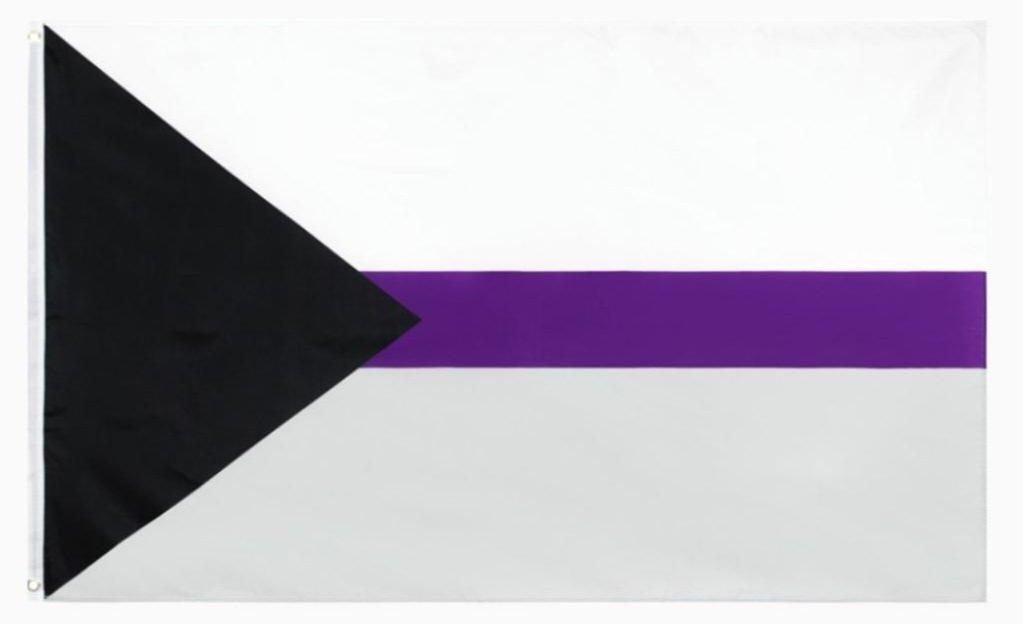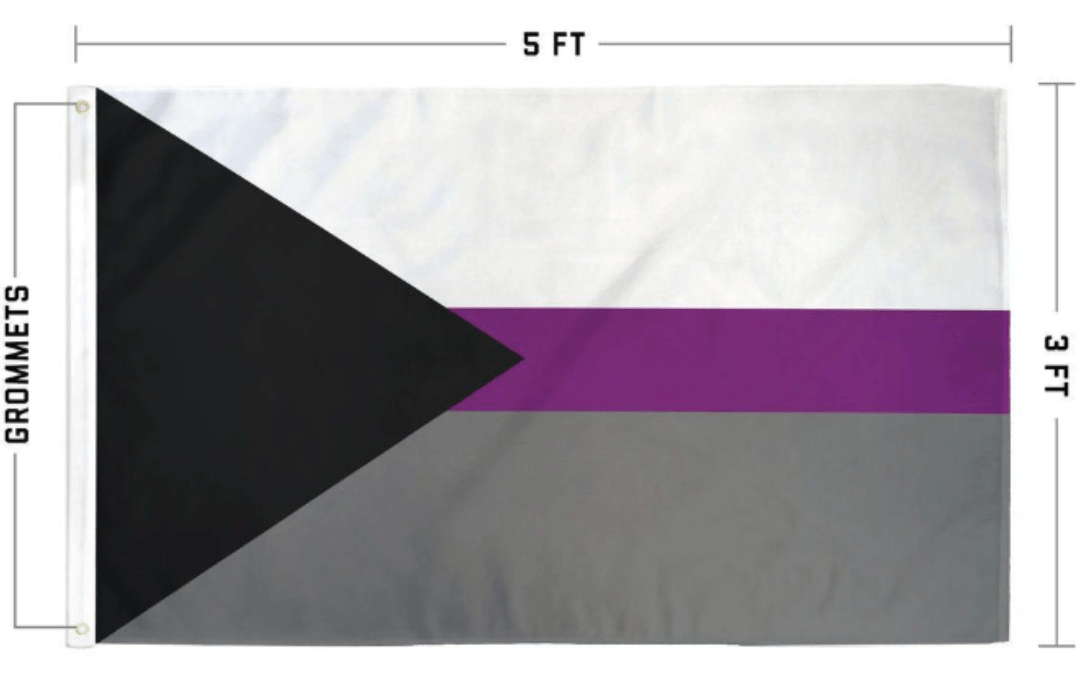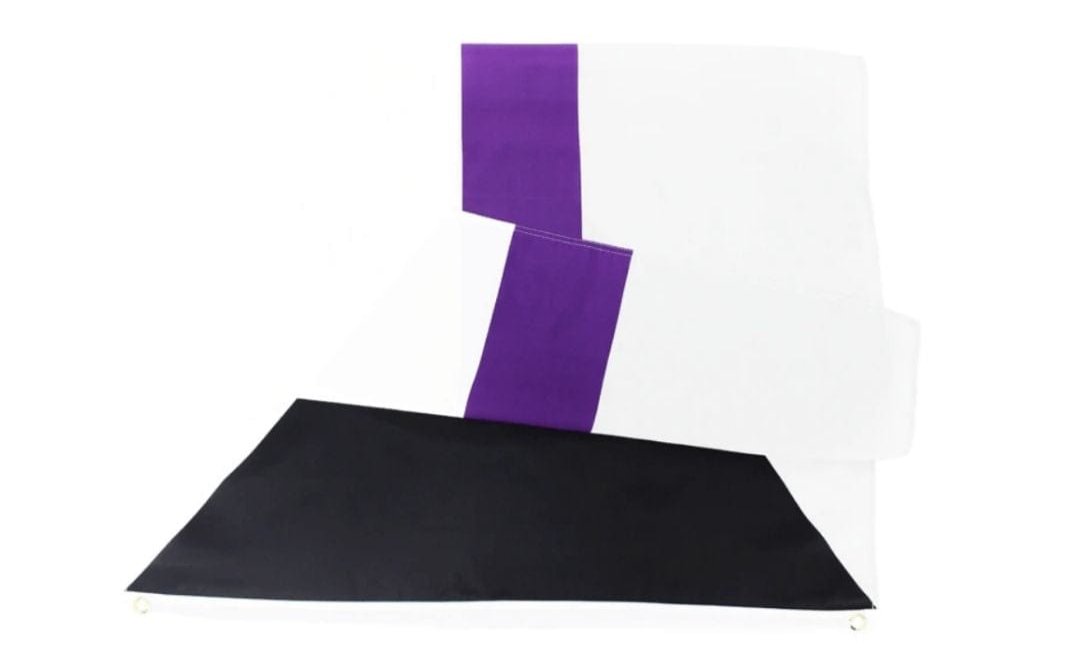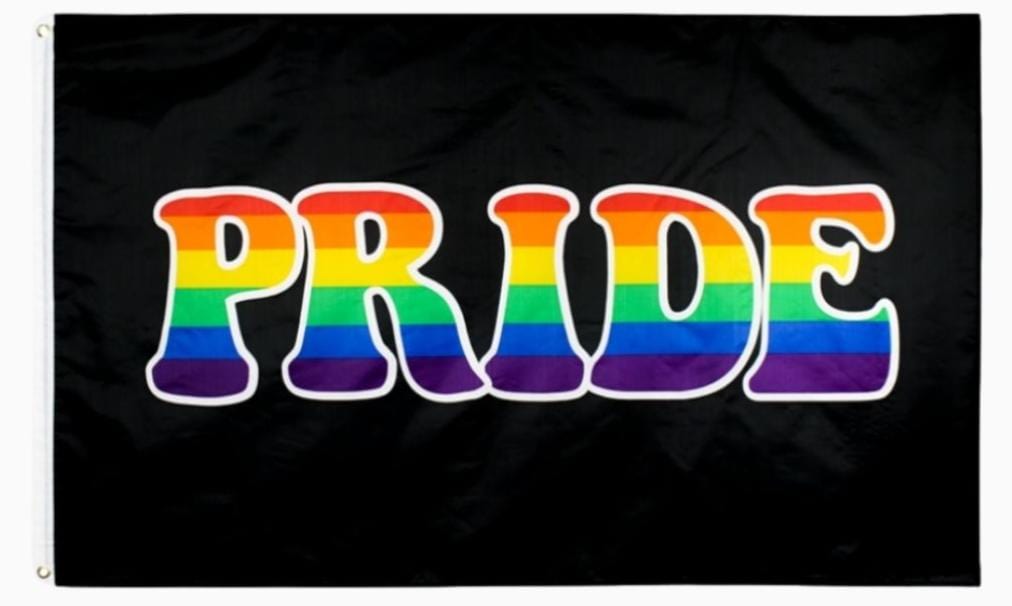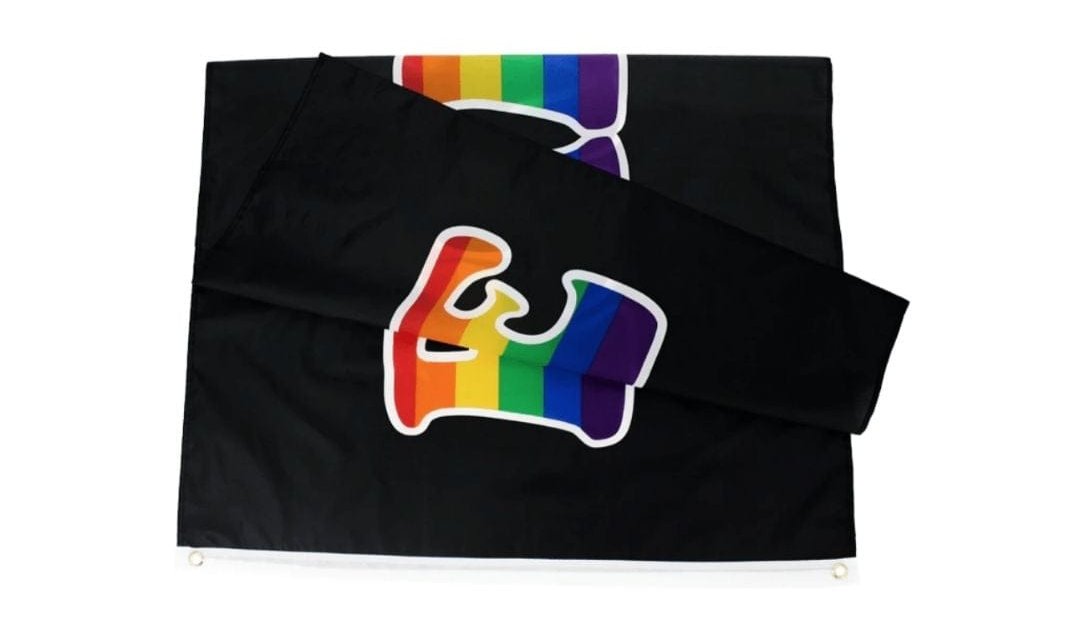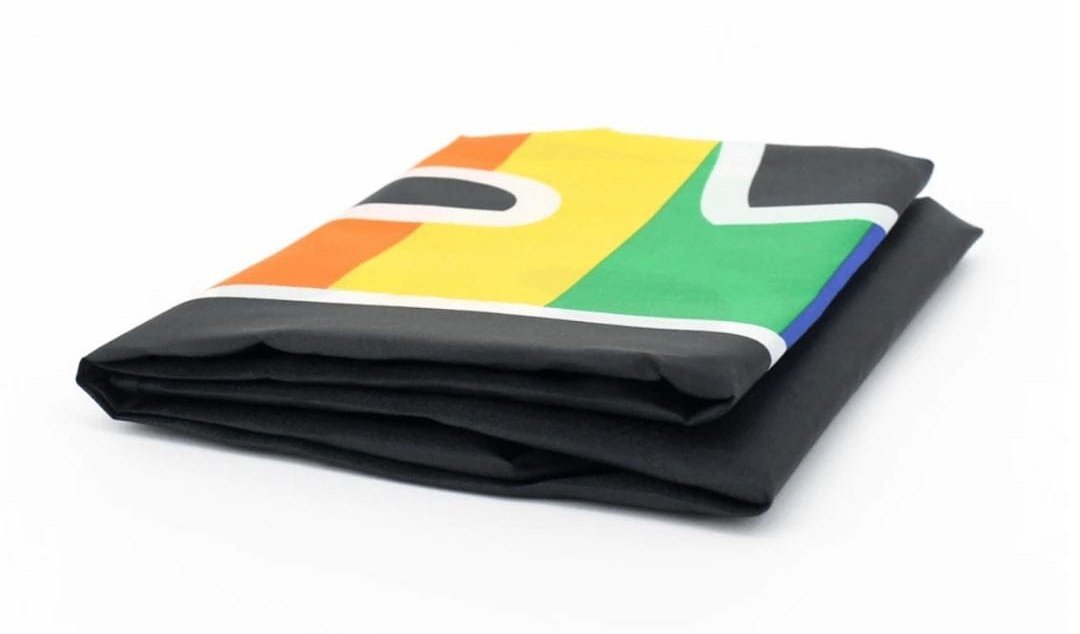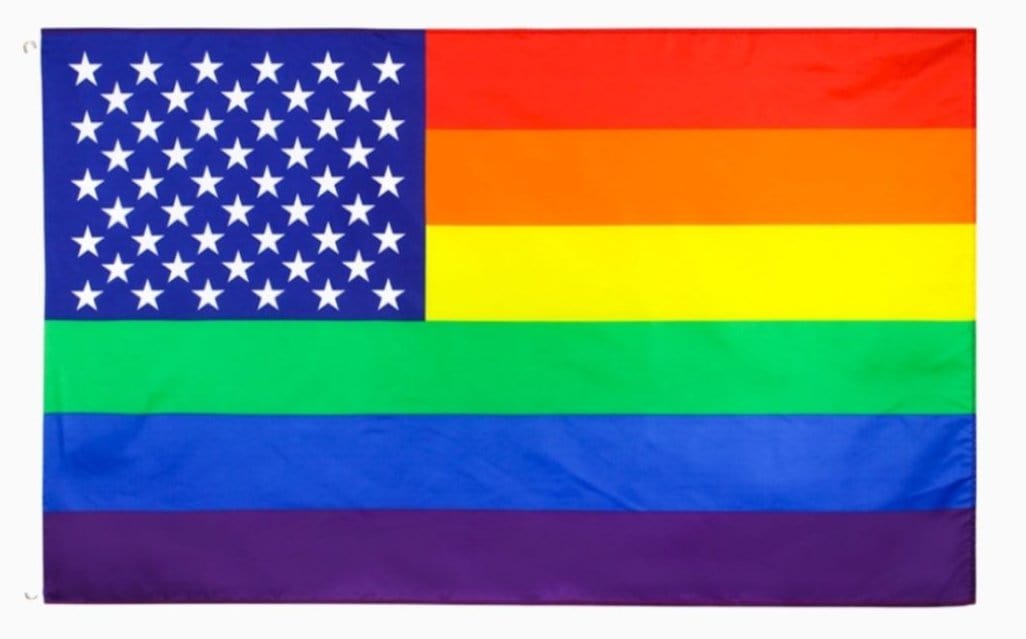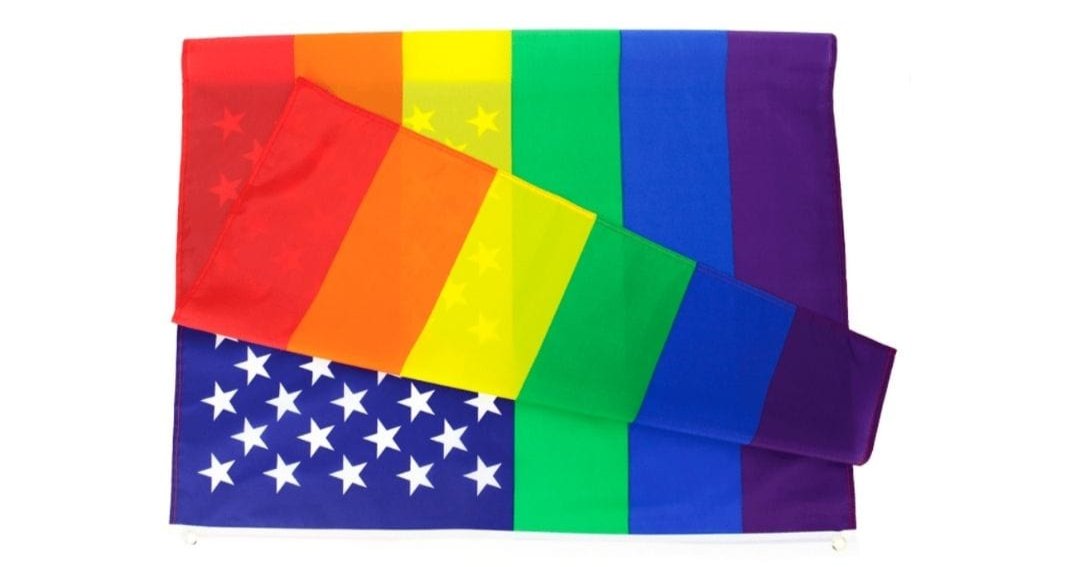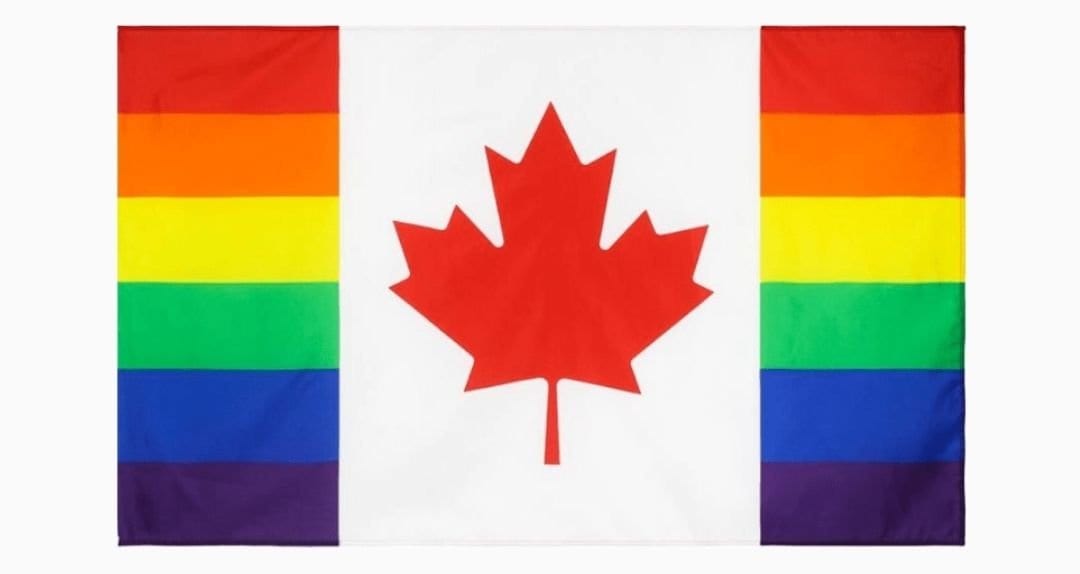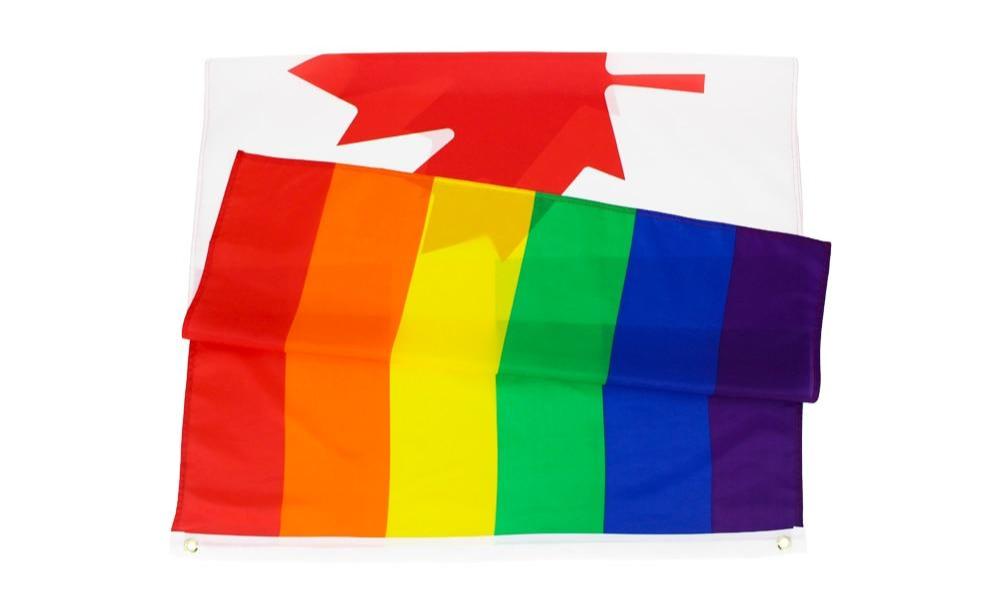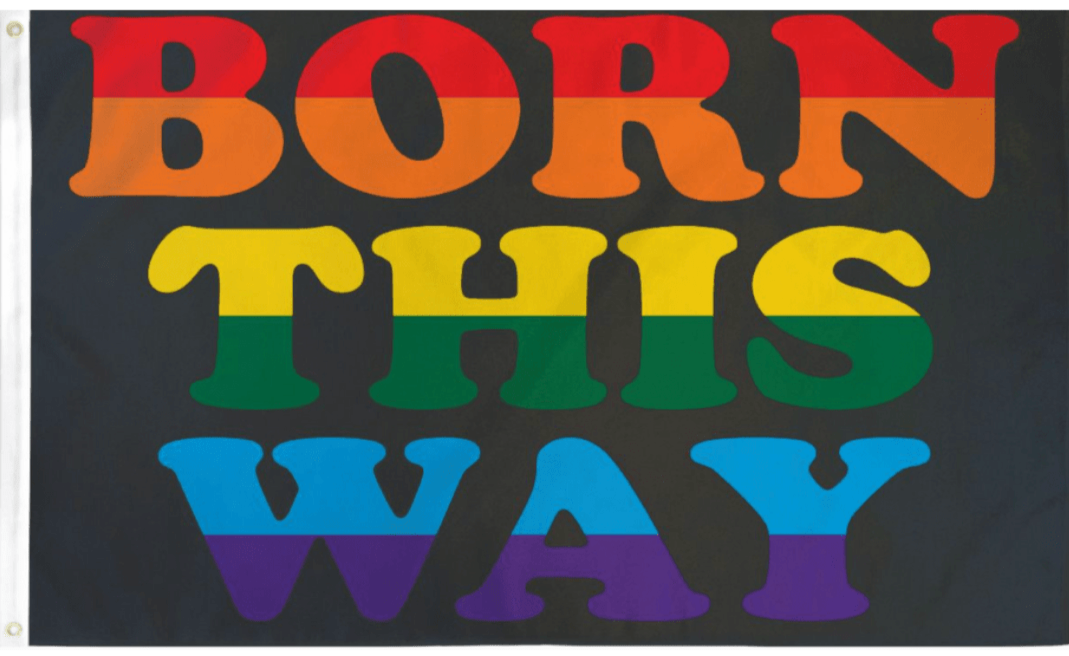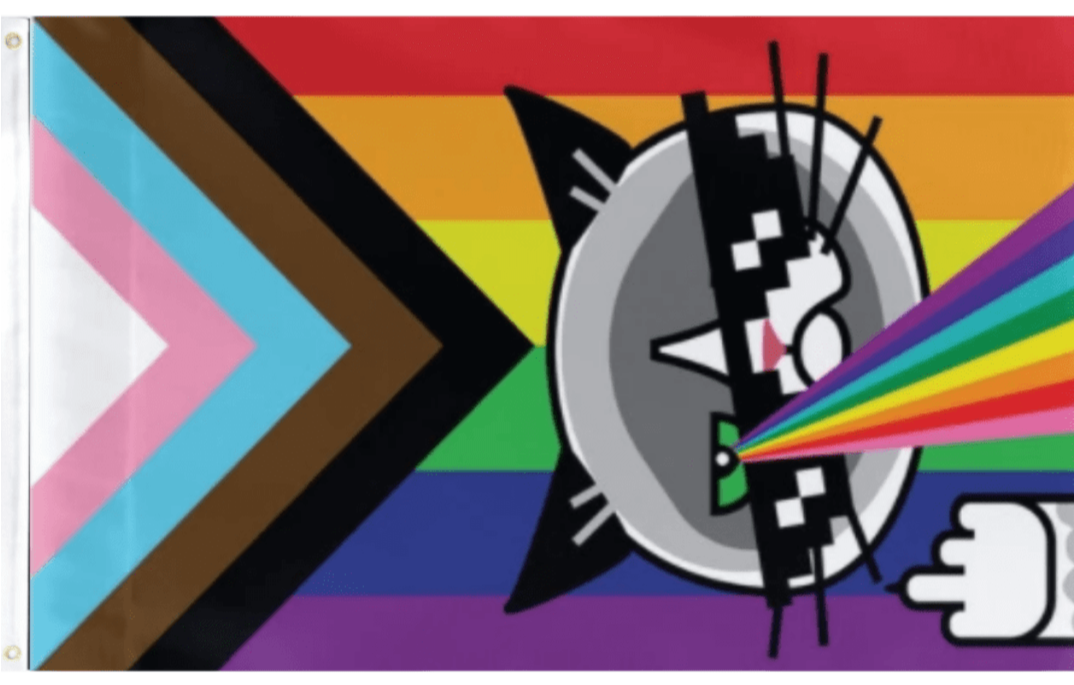How a Black Trans Woman Sparked a Movement of Resistance and Joy
Marsha P. Johnson was more than an activist — she was a symbol of courage, resilience, and queer joy. As a Black transgender woman and drag performer, Marsha played a crucial role in the early LGBTQ+ rights movement, becoming one of the most recognizable faces of the Stonewall Uprising of 1969.
Her legacy reminds us that Pride began as protest — a fight for visibility, safety, and freedom for all queer and trans people. Through her activism, Marsha transformed pain into power and protest into celebration.
Who Was Marsha P. Johnson?
Born in New Jersey in 1945, Marsha moved to New York City’s Greenwich Village at just 17 years old. There, she found community among drag queens, street youth, and queer people living on society’s margins.
Known for her flower crowns and her radiant smile, Marsha was unapologetically herself in a time when being openly queer or trans could mean violence or imprisonment. She famously said the “P” in her name stood for “Pay it no mind” — her response to anyone questioning her gender identity.
The Birth of Pride
Marsha was one of the leading figures during the Stonewall Riots — a series of demonstrations sparked by a police raid at the Stonewall Inn in June 1969. These protests became the catalyst for the modern LGBTQ+ rights movement.
After Stonewall, Marsha continued to fight for equality by co-founding STAR (Street Transvestite Action Revolutionaries) with fellow activist Sylvia Rivera. The organization provided housing, food, and support to homeless queer and trans youth — a lifeline for those excluded from society.
The Flags of Pride and Protest
Marsha’s activism embodied the meaning behind both the Transgender Pride Flag and the Rainbow Flag.
- Transgender Pride Flag: The light blue, pink, and white stripes symbolize gender diversity and the right to self-identity.
- Rainbow Flag: Represents unity and visibility across the LGBTQ+ spectrum — a global symbol of Pride that Marsha helped make possible.
Together, these flags reflect her dual legacy: the fight for trans rights and the celebration of queer joy.
Myths & Realities
-
Myth: “Trans people didn’t exist before Stonewall.”
Reality: Gender-diverse people have existed across cultures and centuries. Marsha’s visibility simply gave them a louder, more undeniable voice. -
Myth: “Pride is just a party.”
Reality: Pride began as resistance. The joy of Pride today honors the courage of activists like Marsha who fought for our right to exist.
Marsha’s Legacy Today
More than 50 years later, Marsha’s impact continues to shape the modern LGBTQ+ movement. Her story is taught in schools, celebrated at Pride marches, and honored in memorials like the Marsha P. Johnson State Park in New York.
In every rainbow flag, in every chant for equality, and in every trans youth finding their voice — Marsha’s spirit lives on.
🌟 Final Thoughts
Marsha P. Johnson’s life was a reminder that visibility is power, and joy itself is an act of defiance. Pride was born from protest — and through Marsha’s legacy, it continues to thrive as a movement of love, resilience, and freedom for all. 💖
Tags: #MarshaPJohnson #TransPride #Stonewall #LGBTQHistory #PridePalace #QueerEducation #PrideIsProtest


